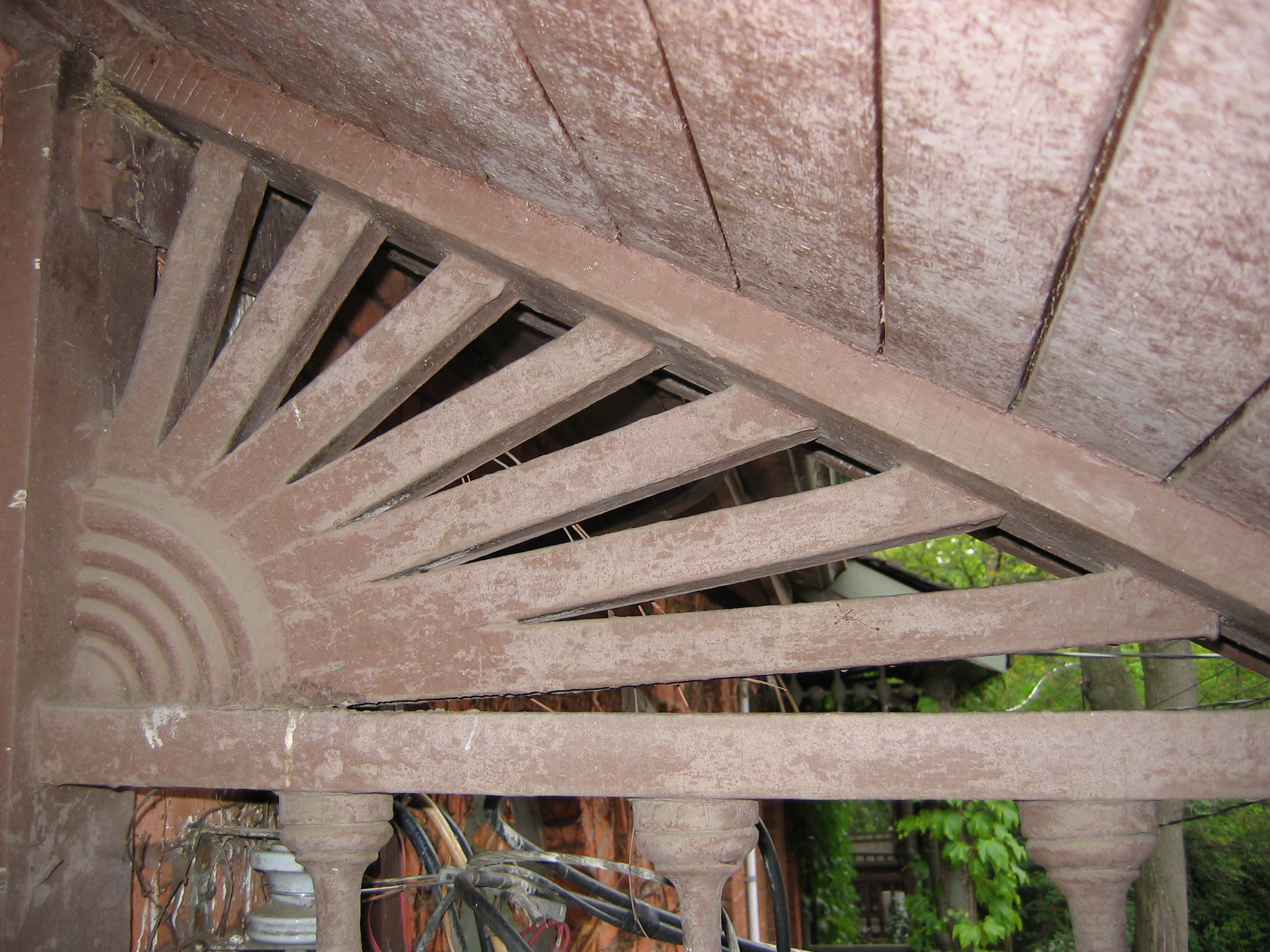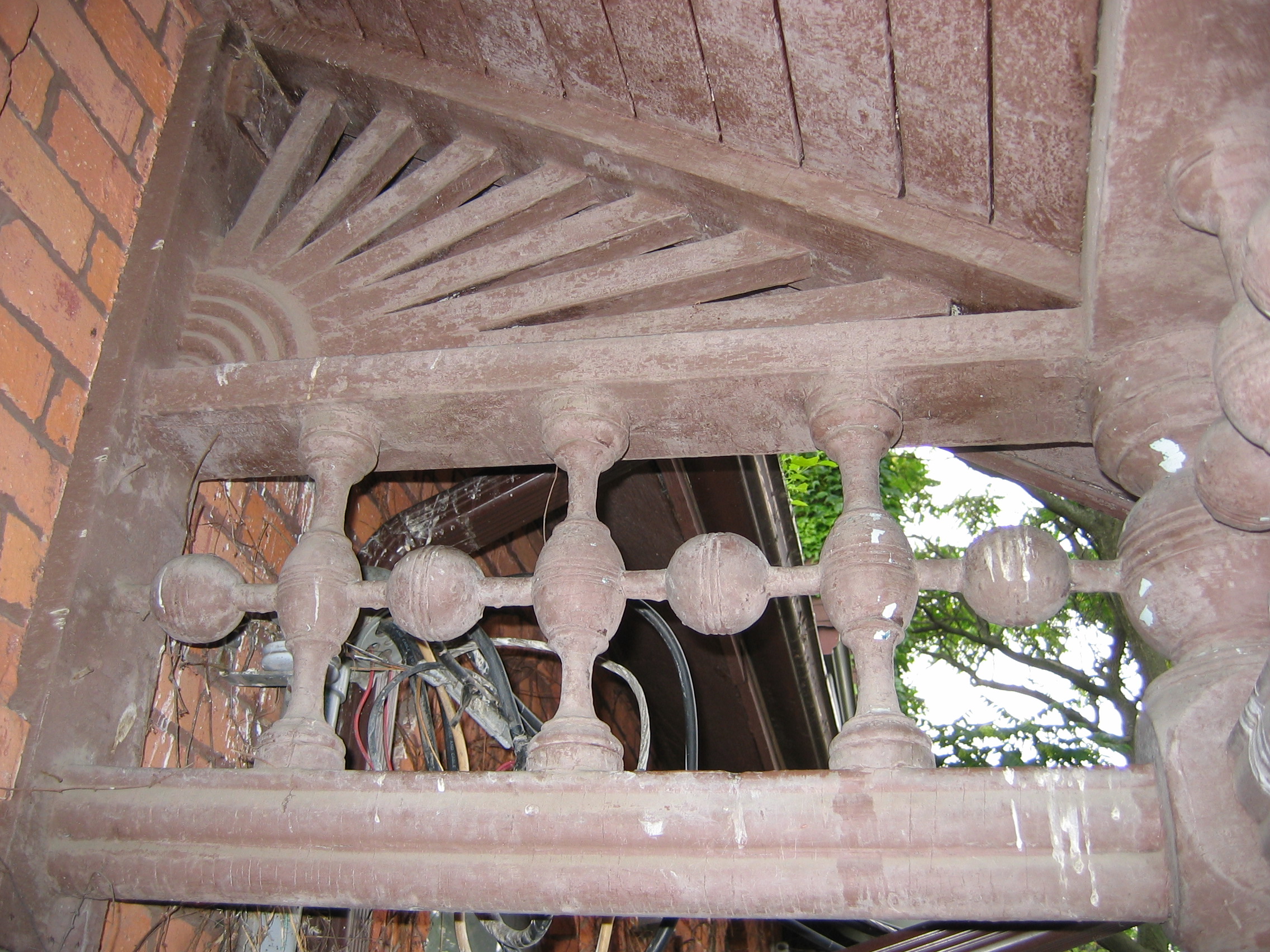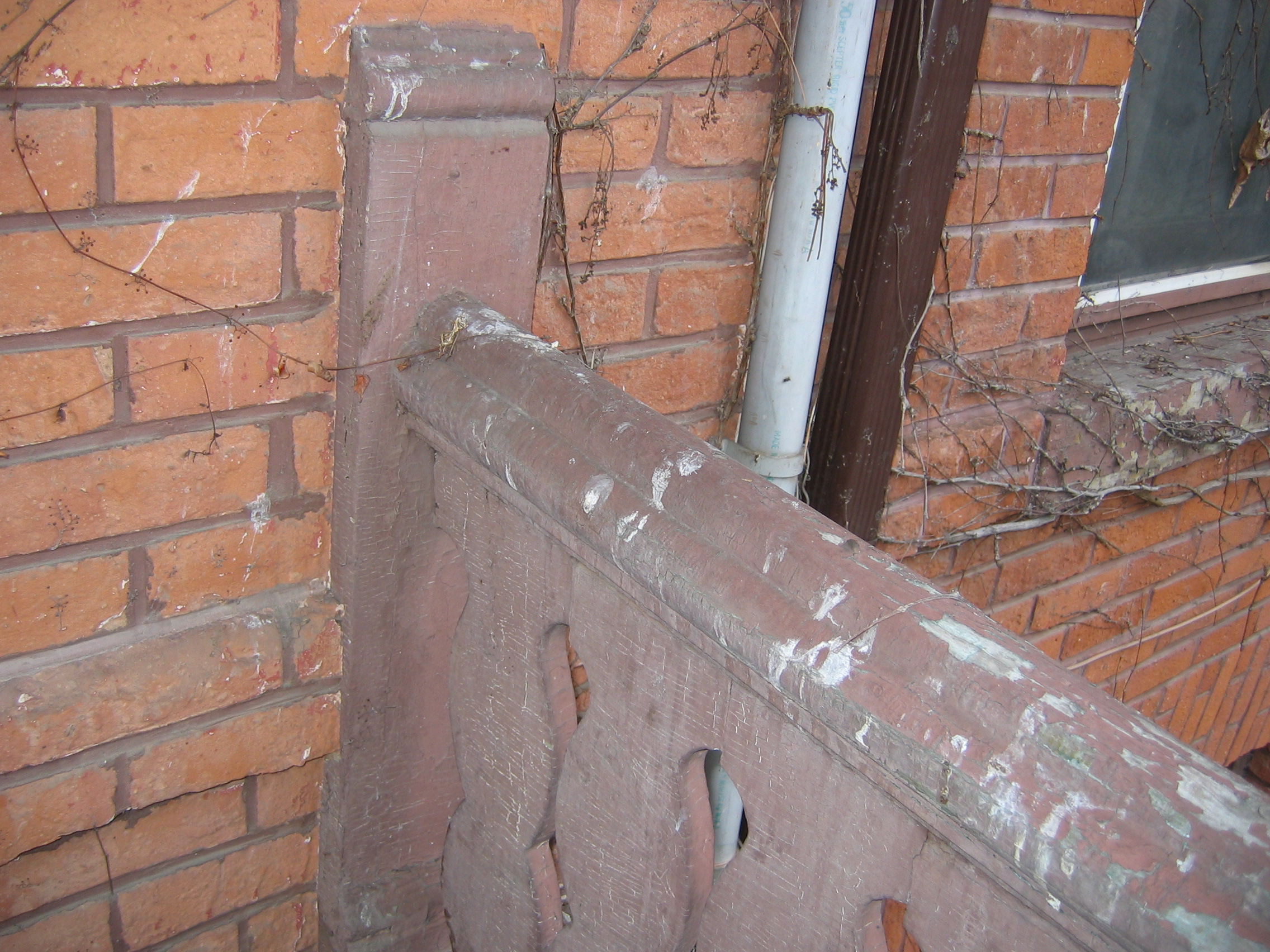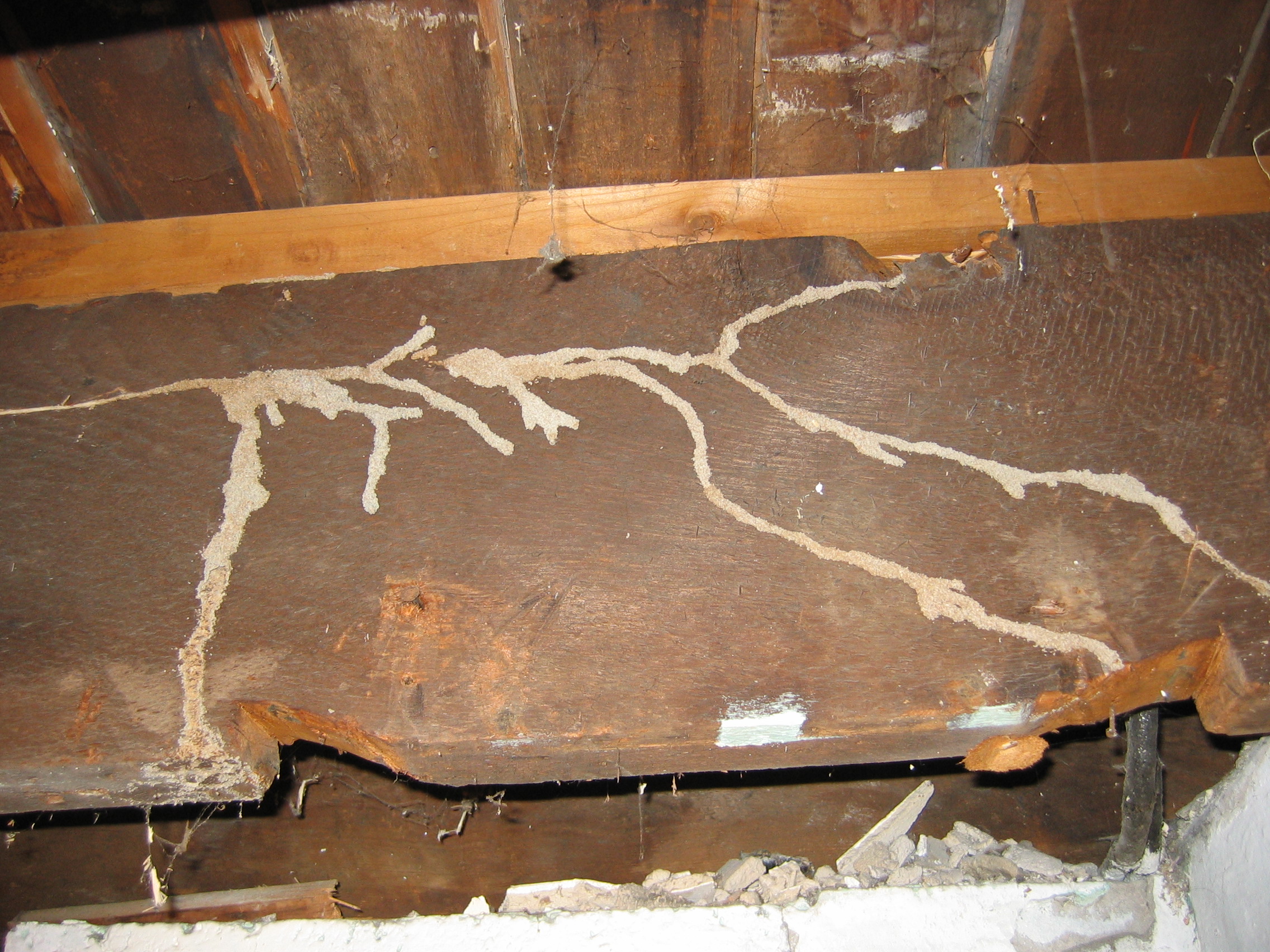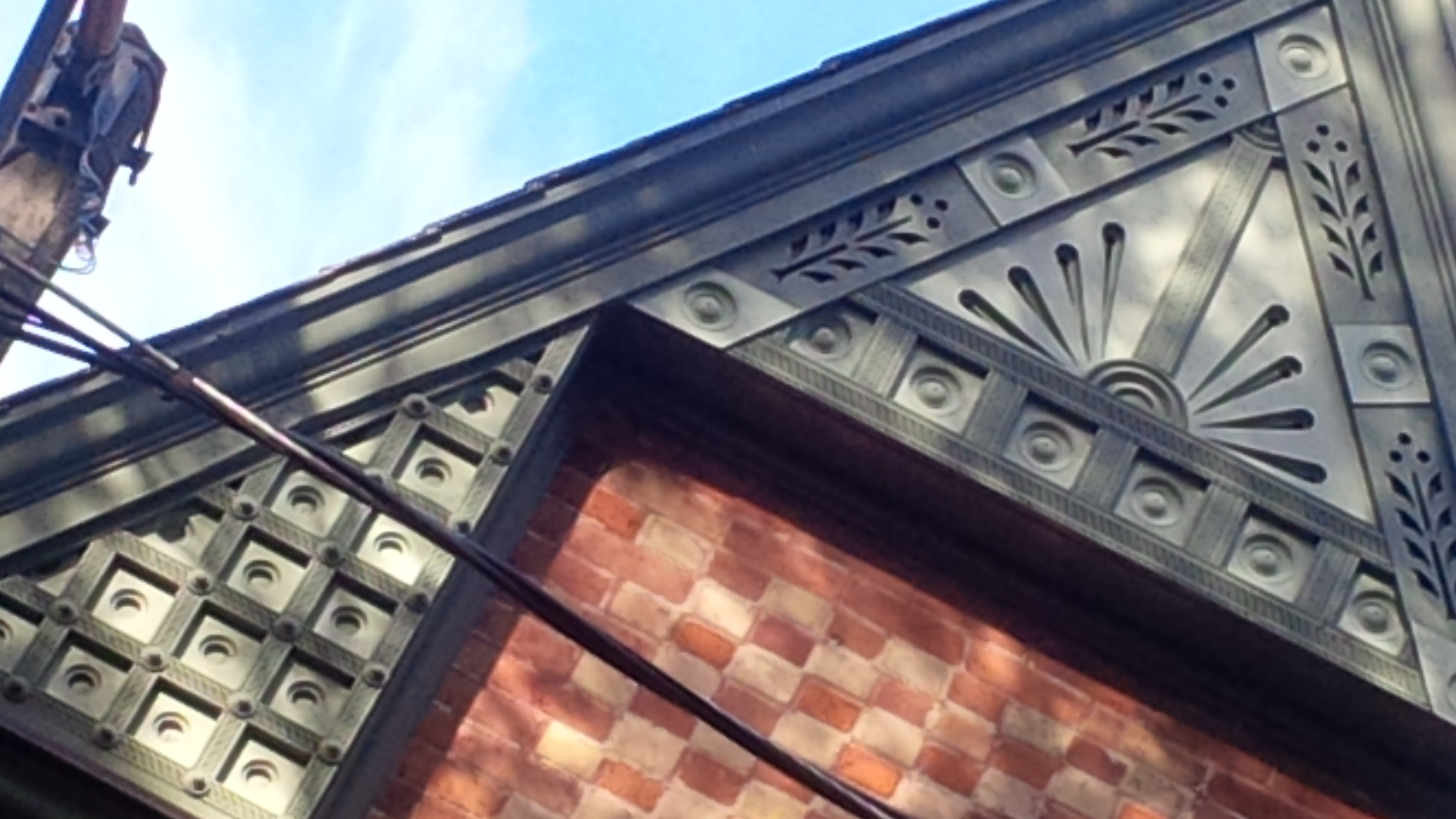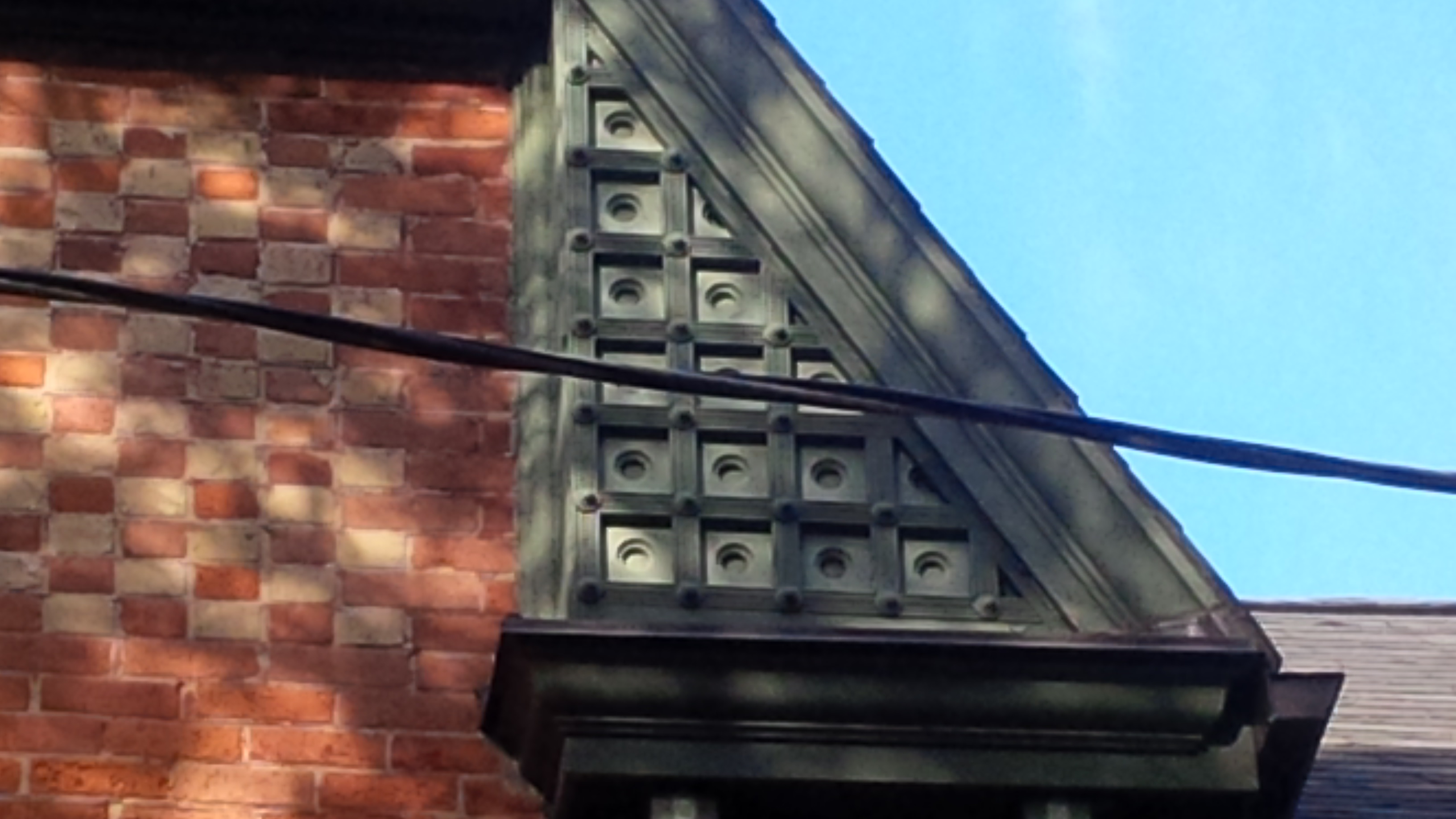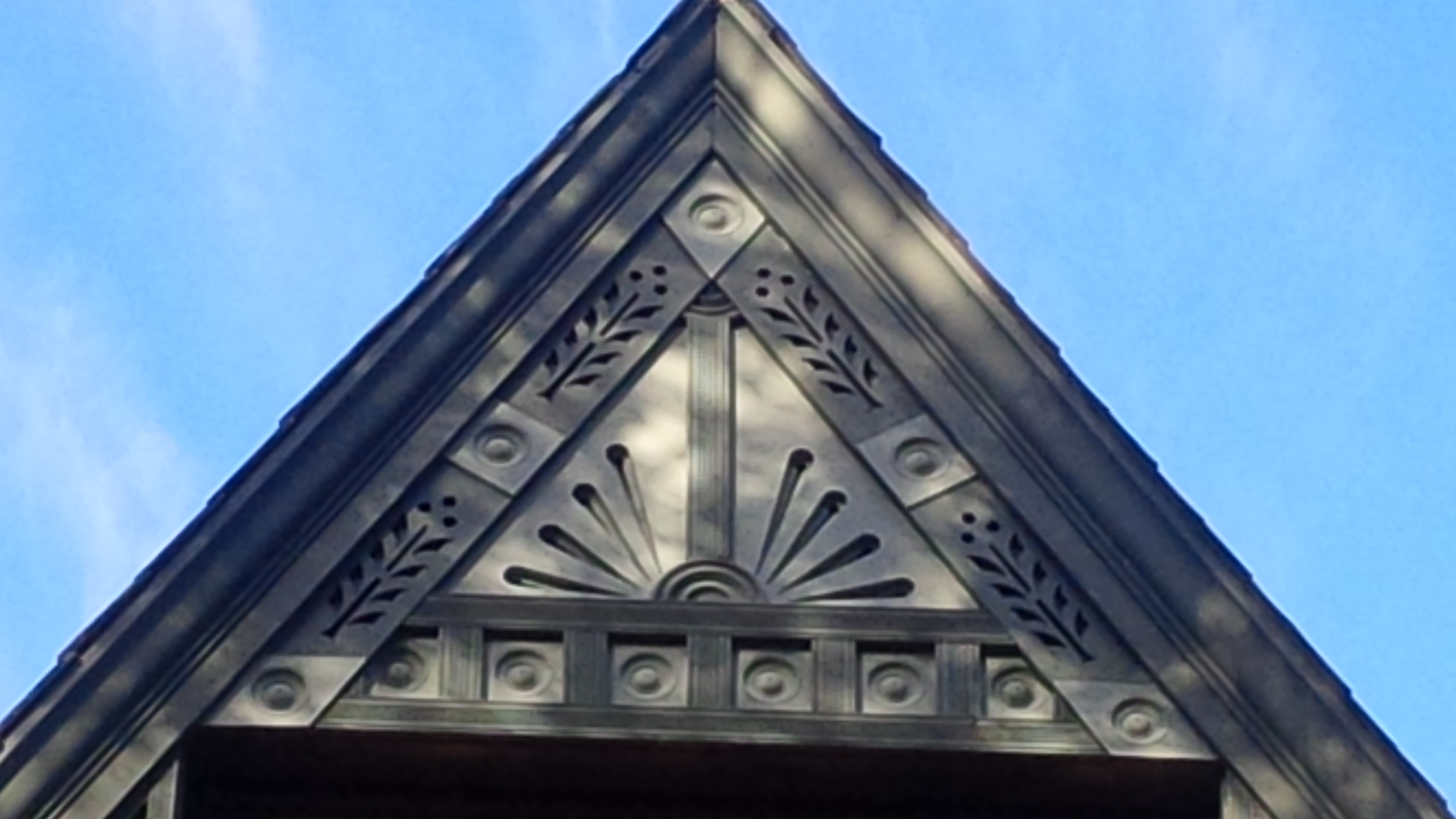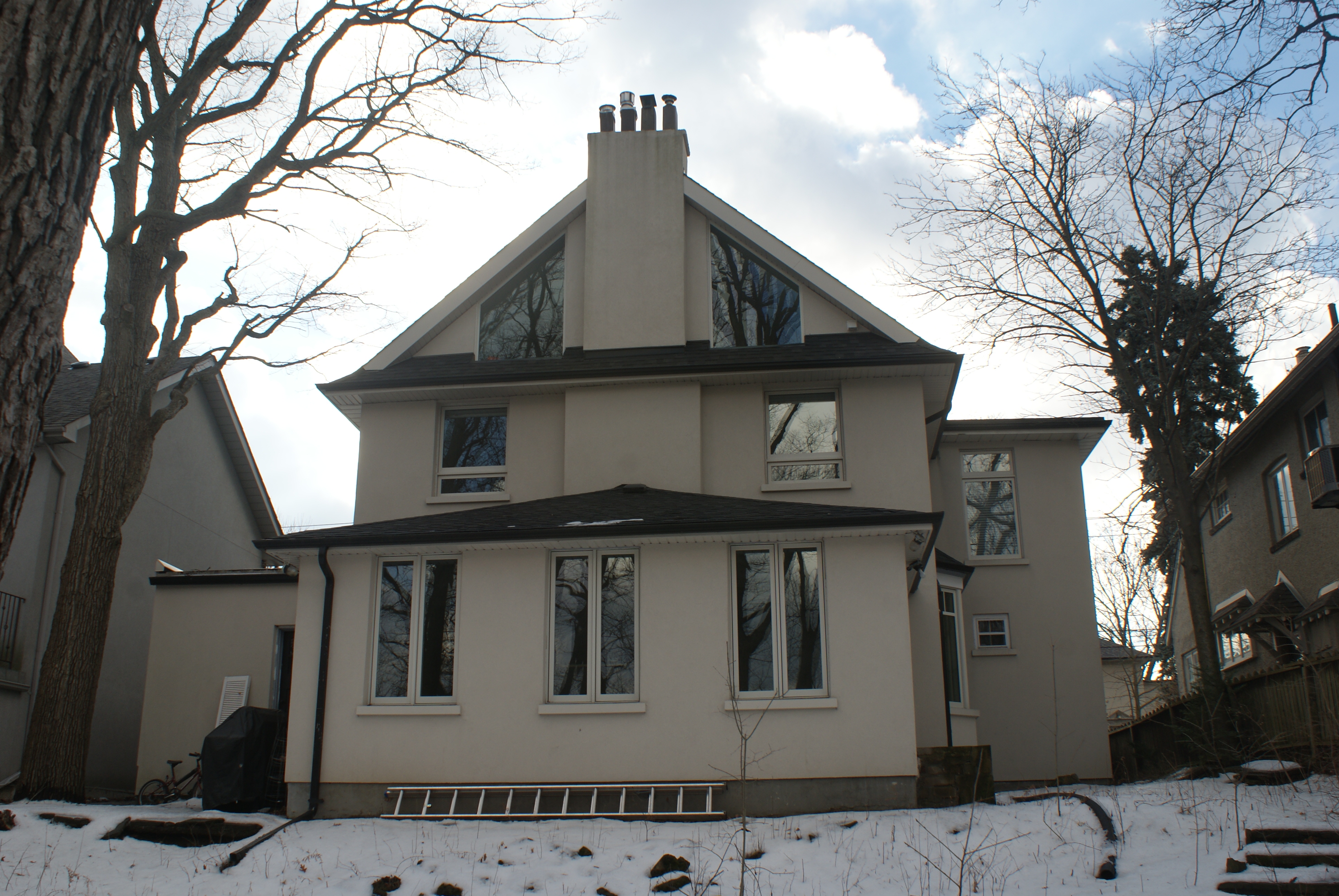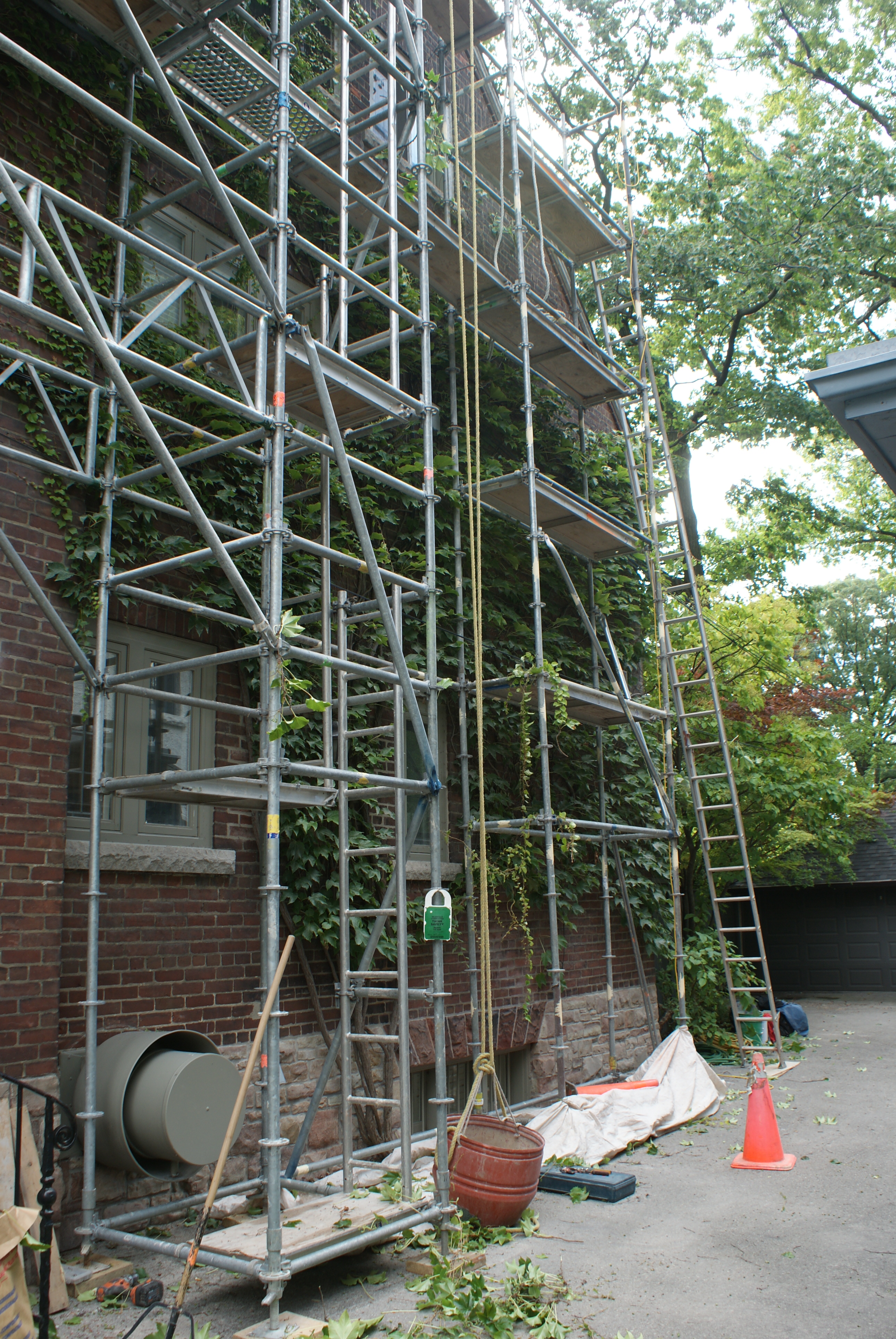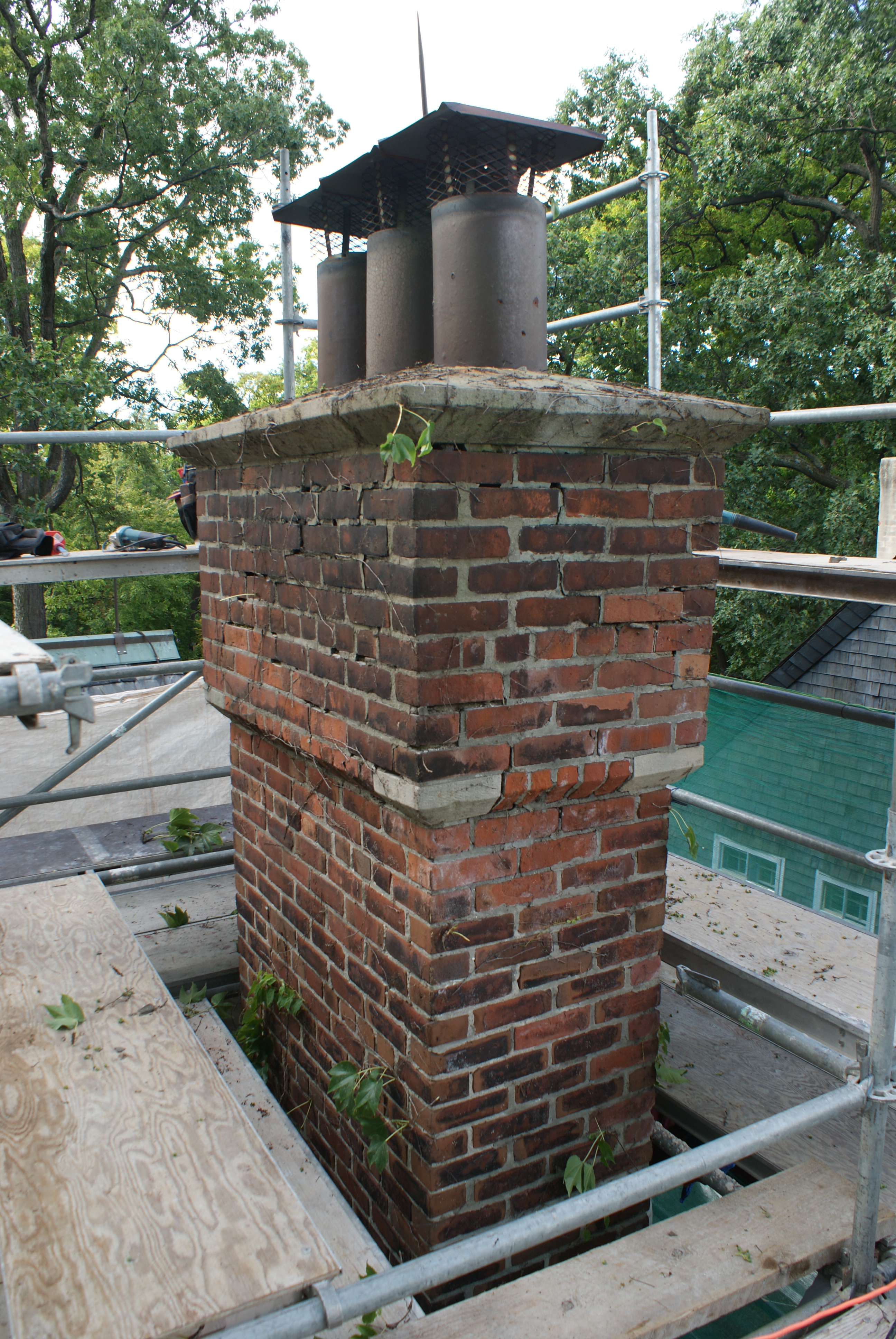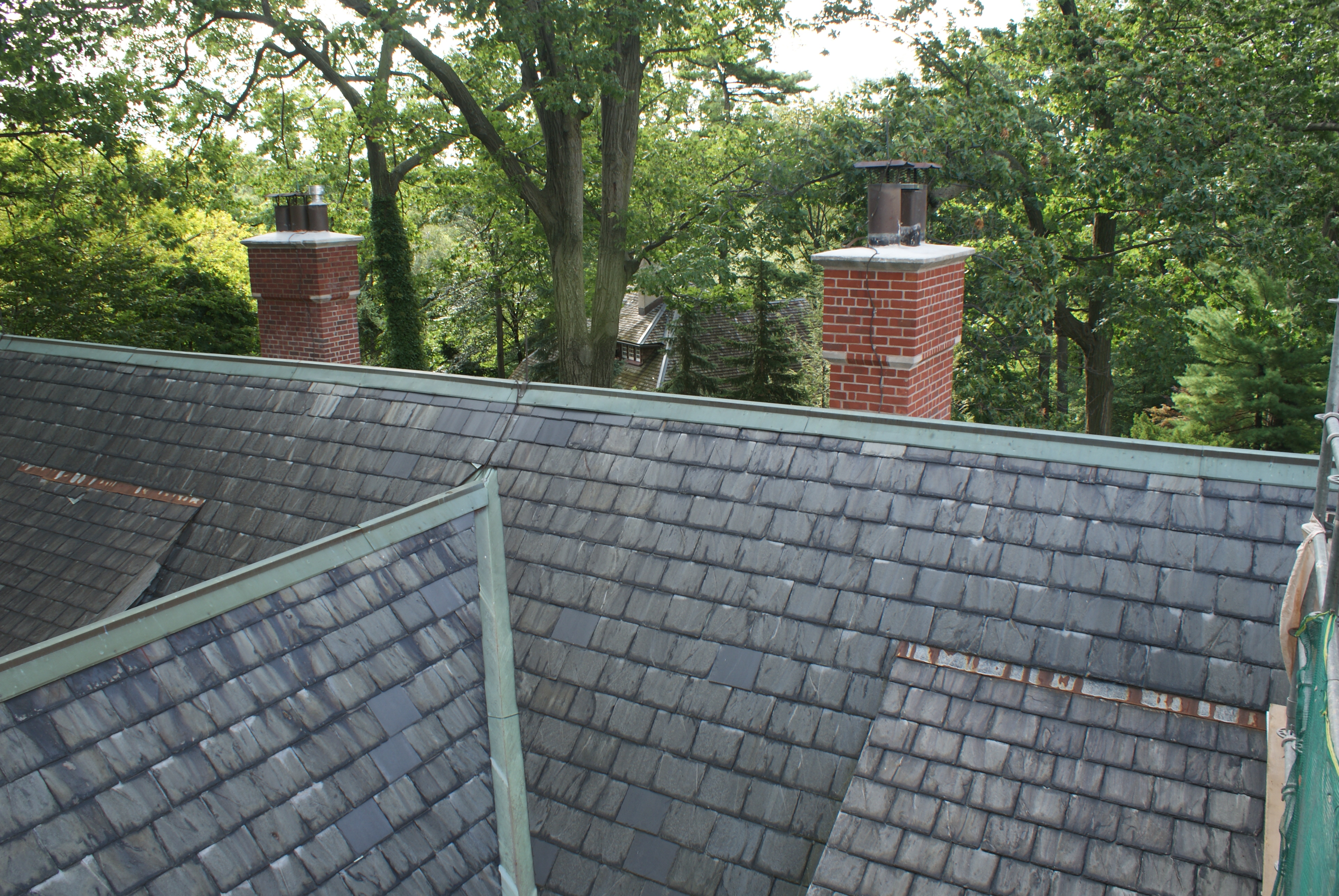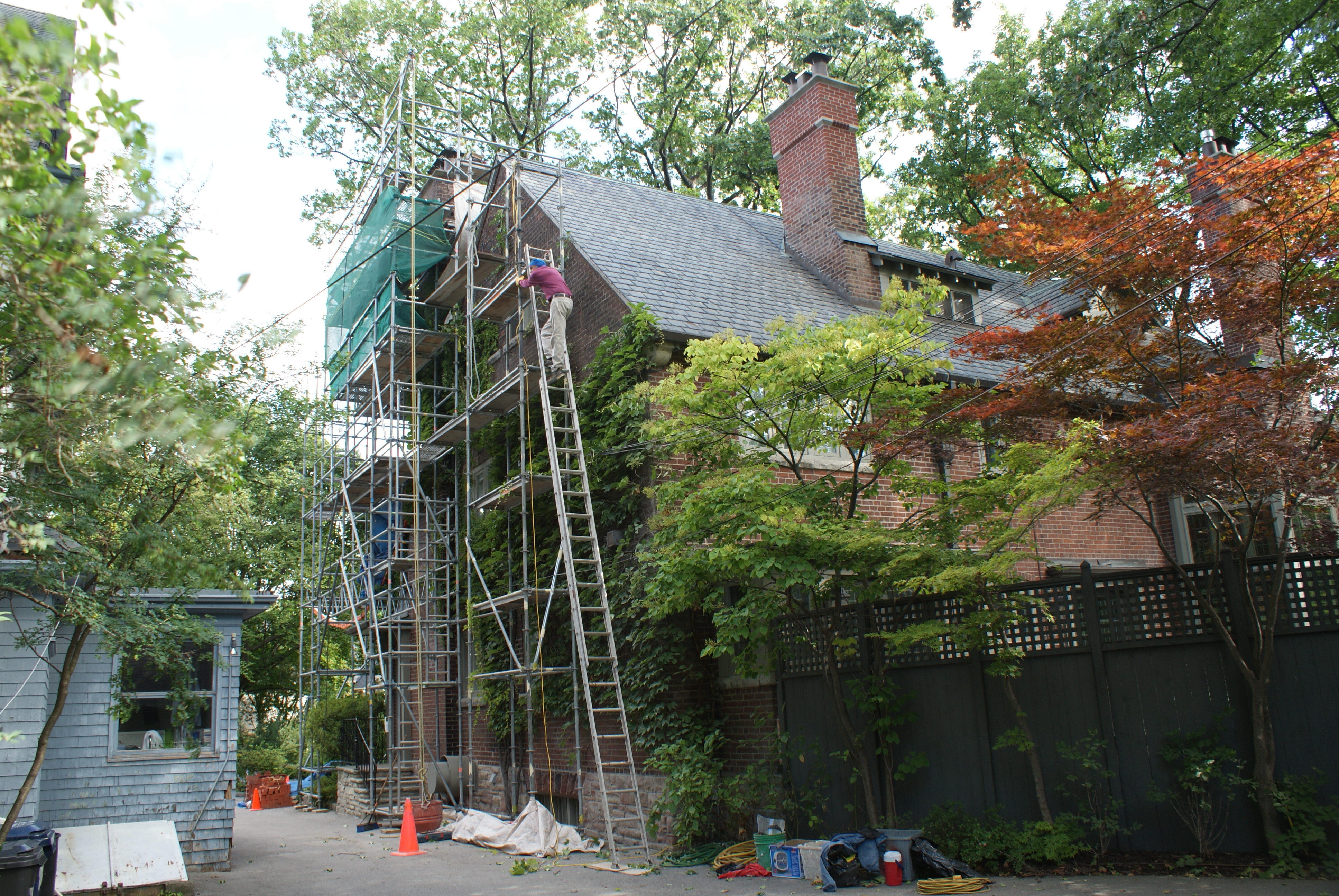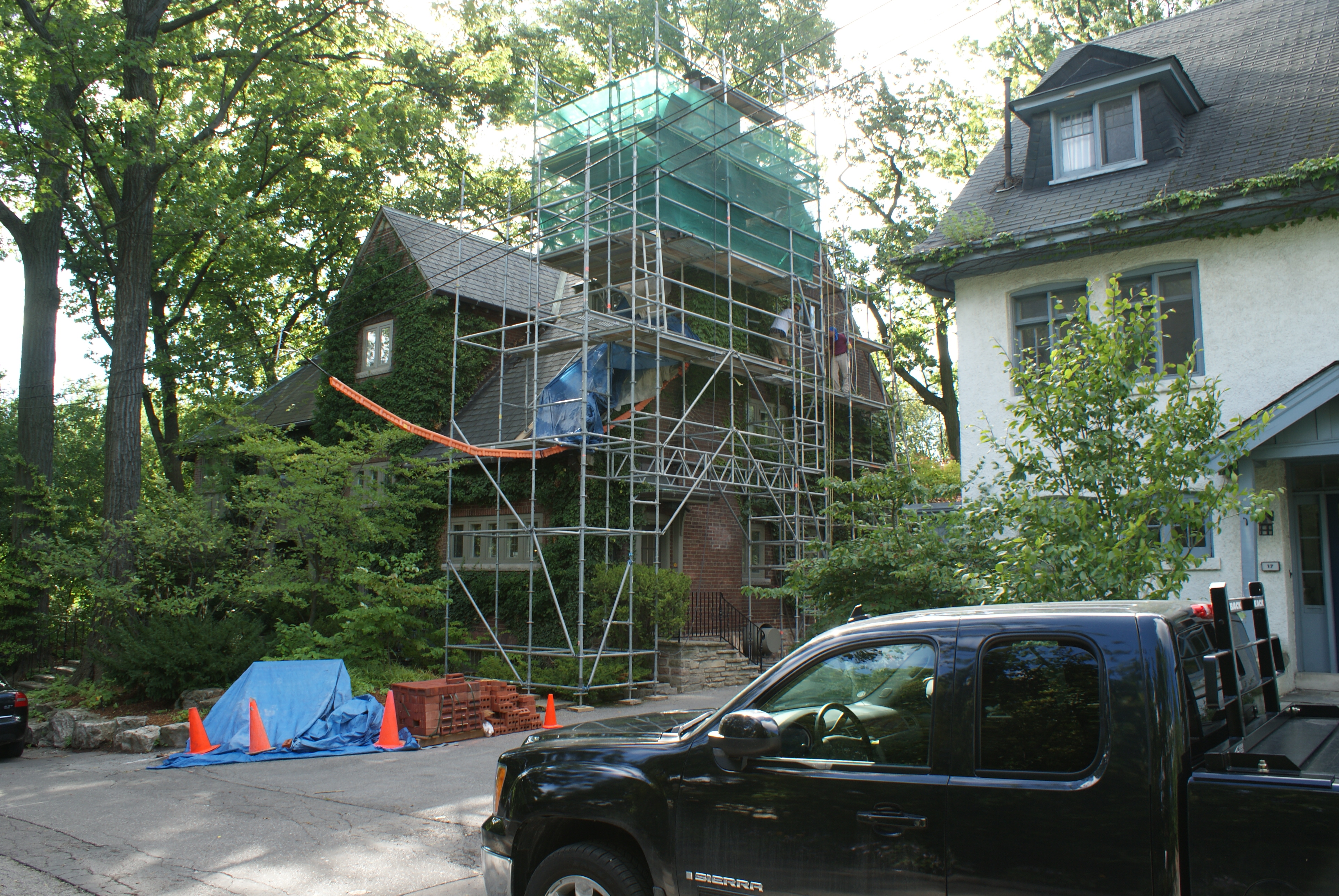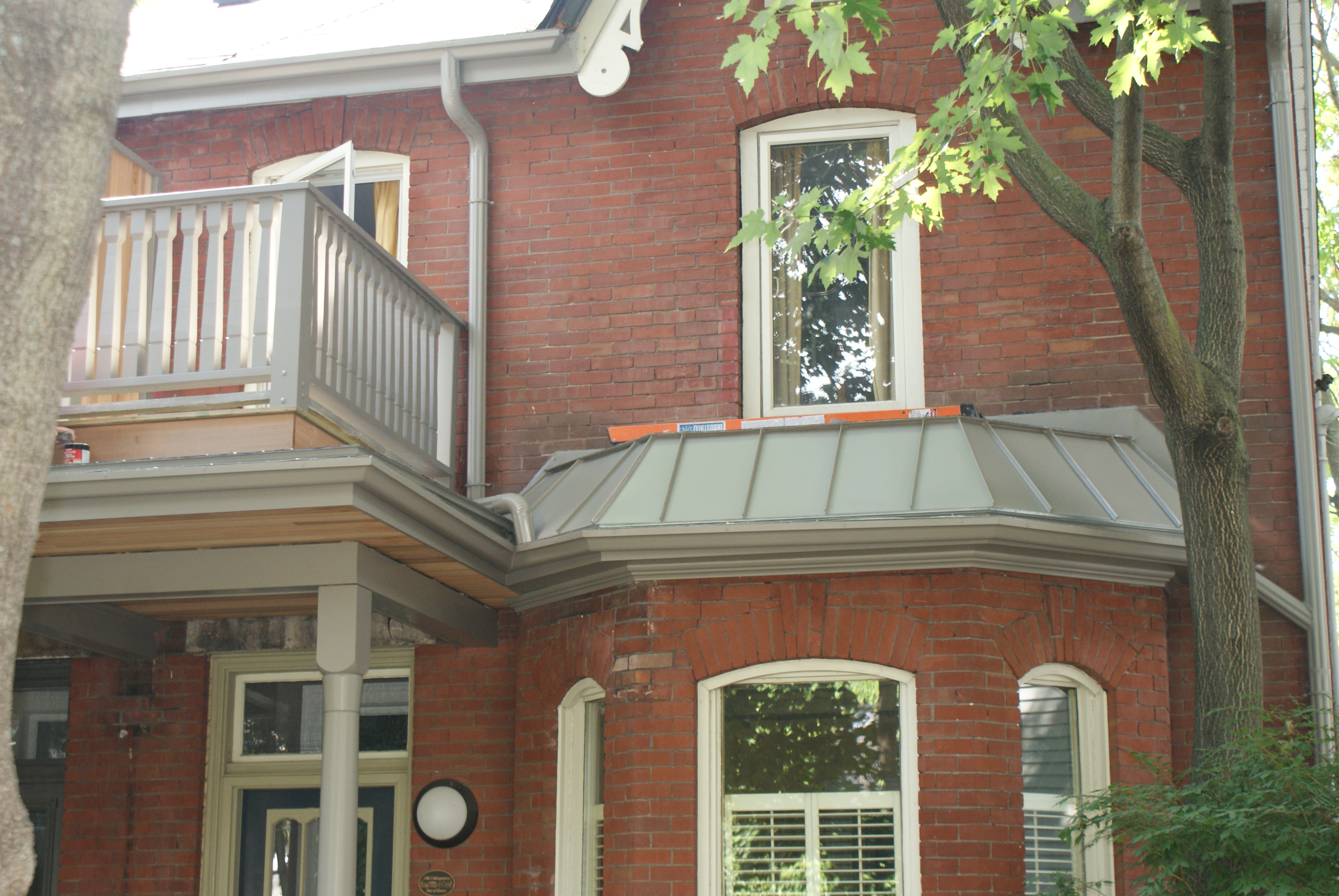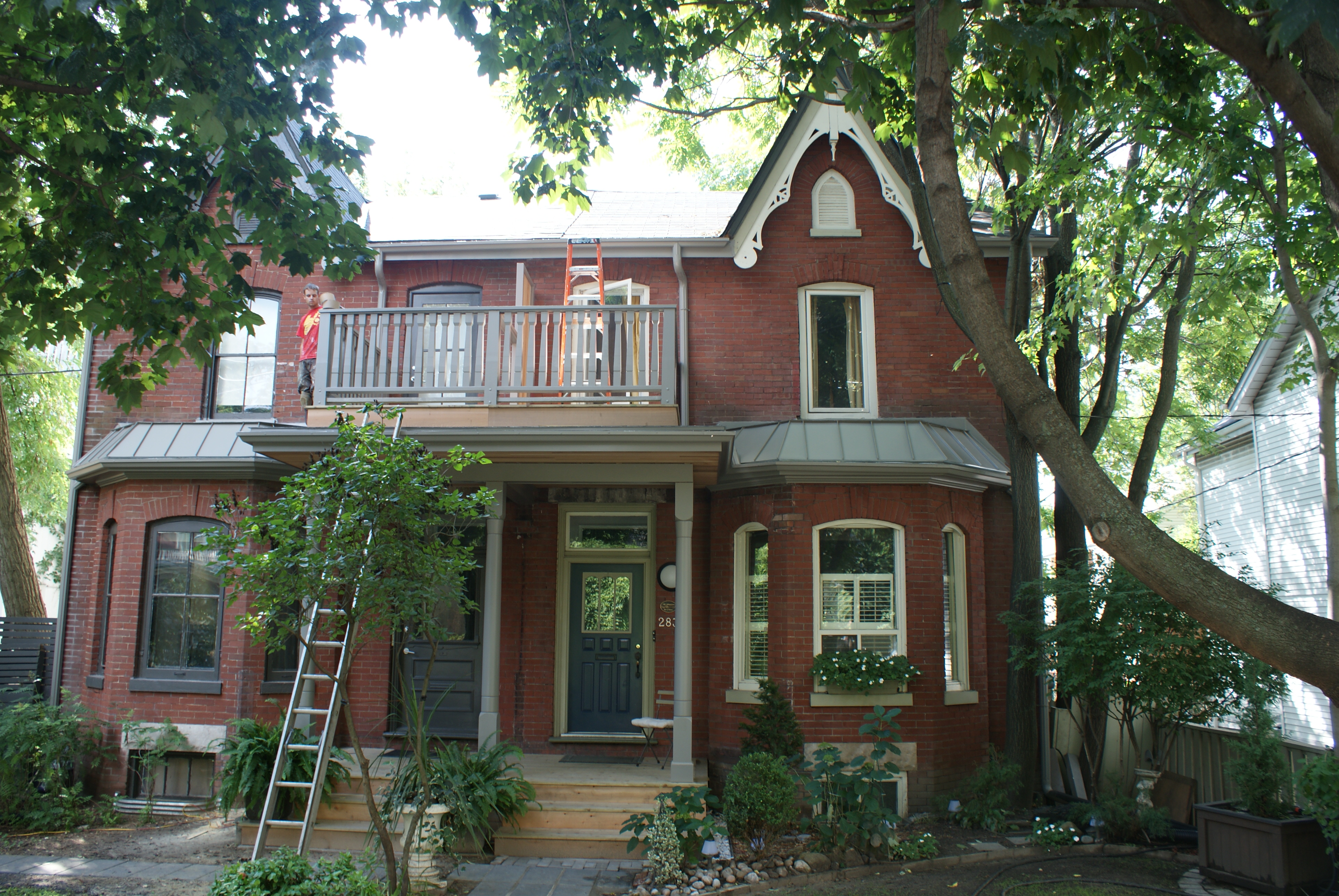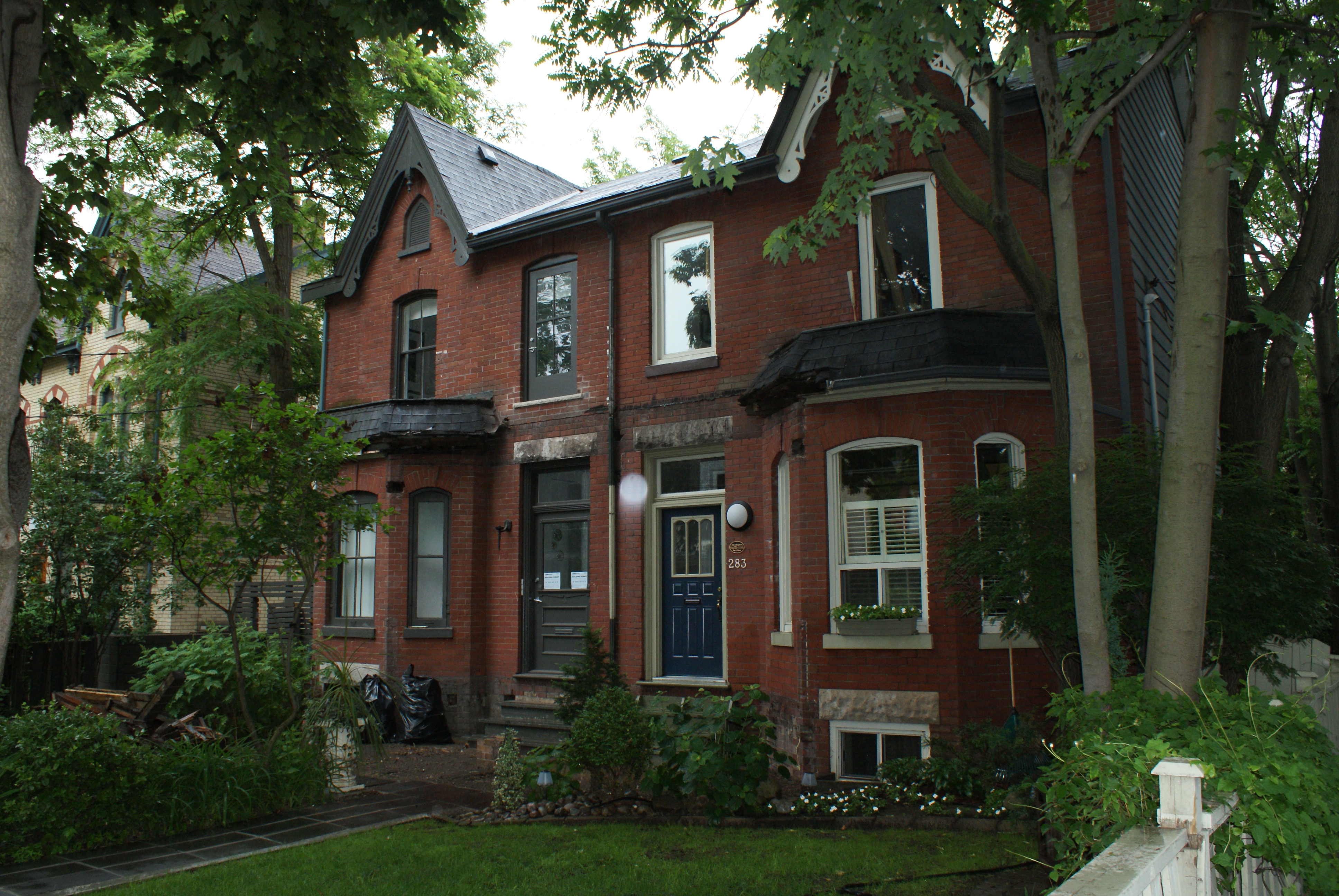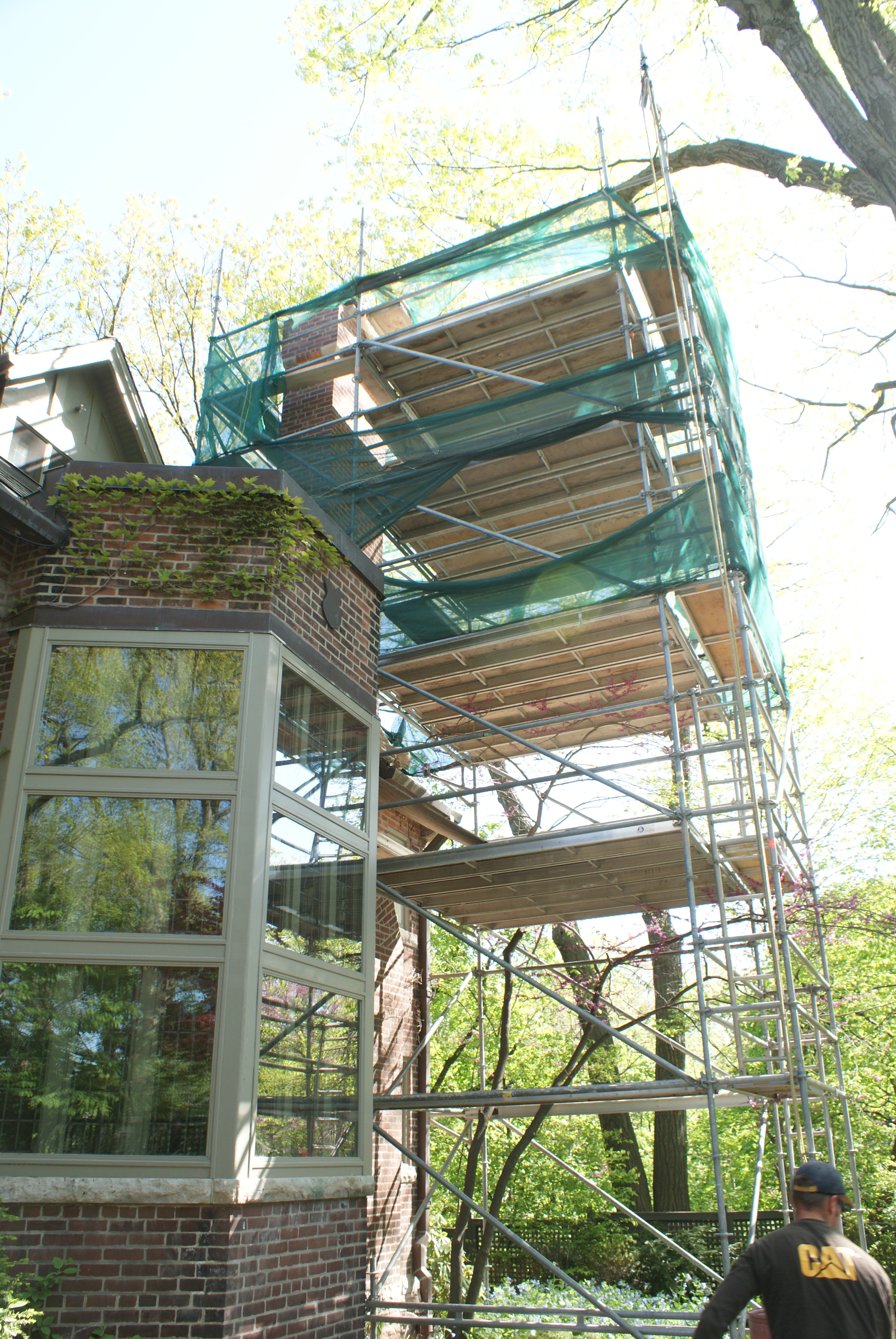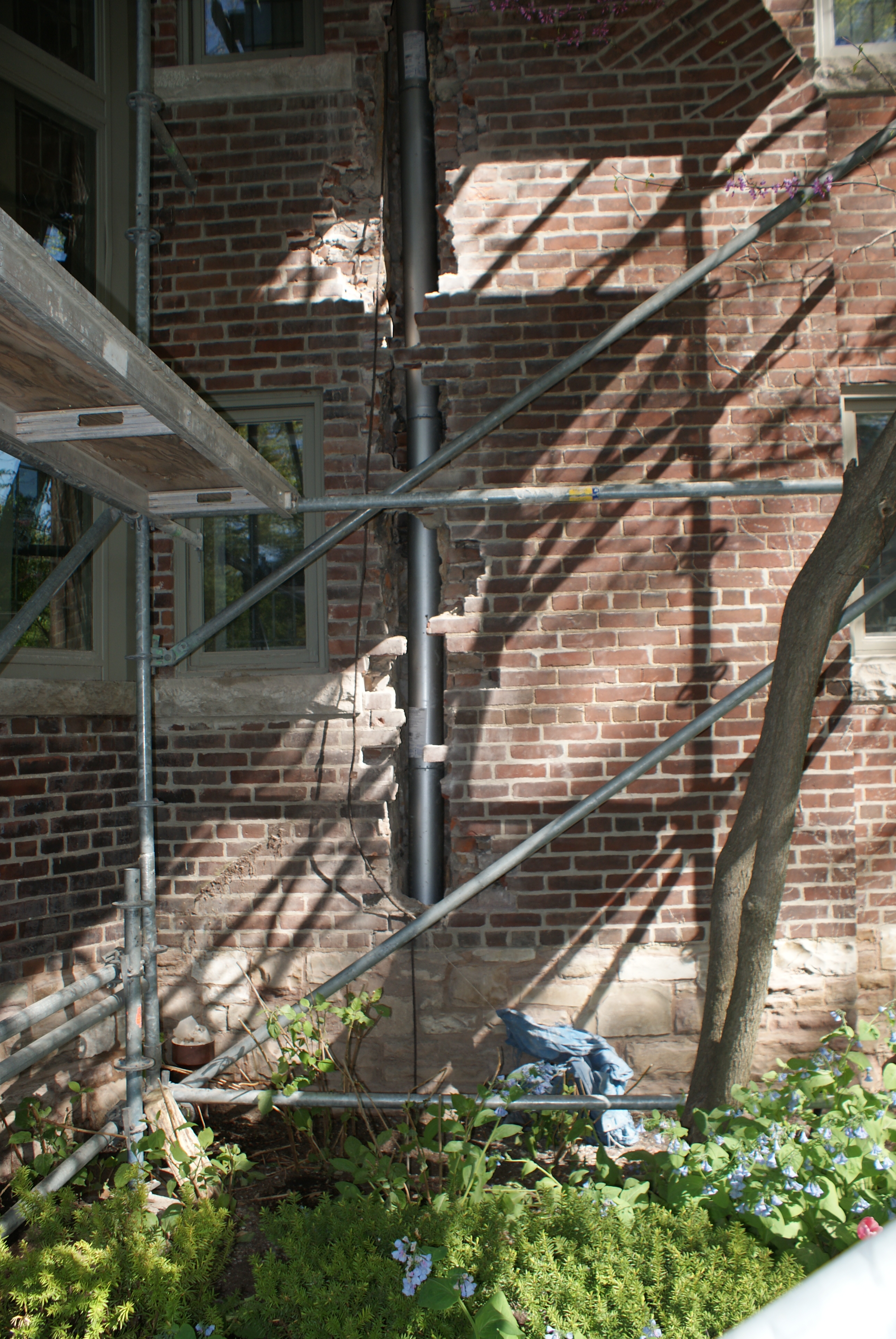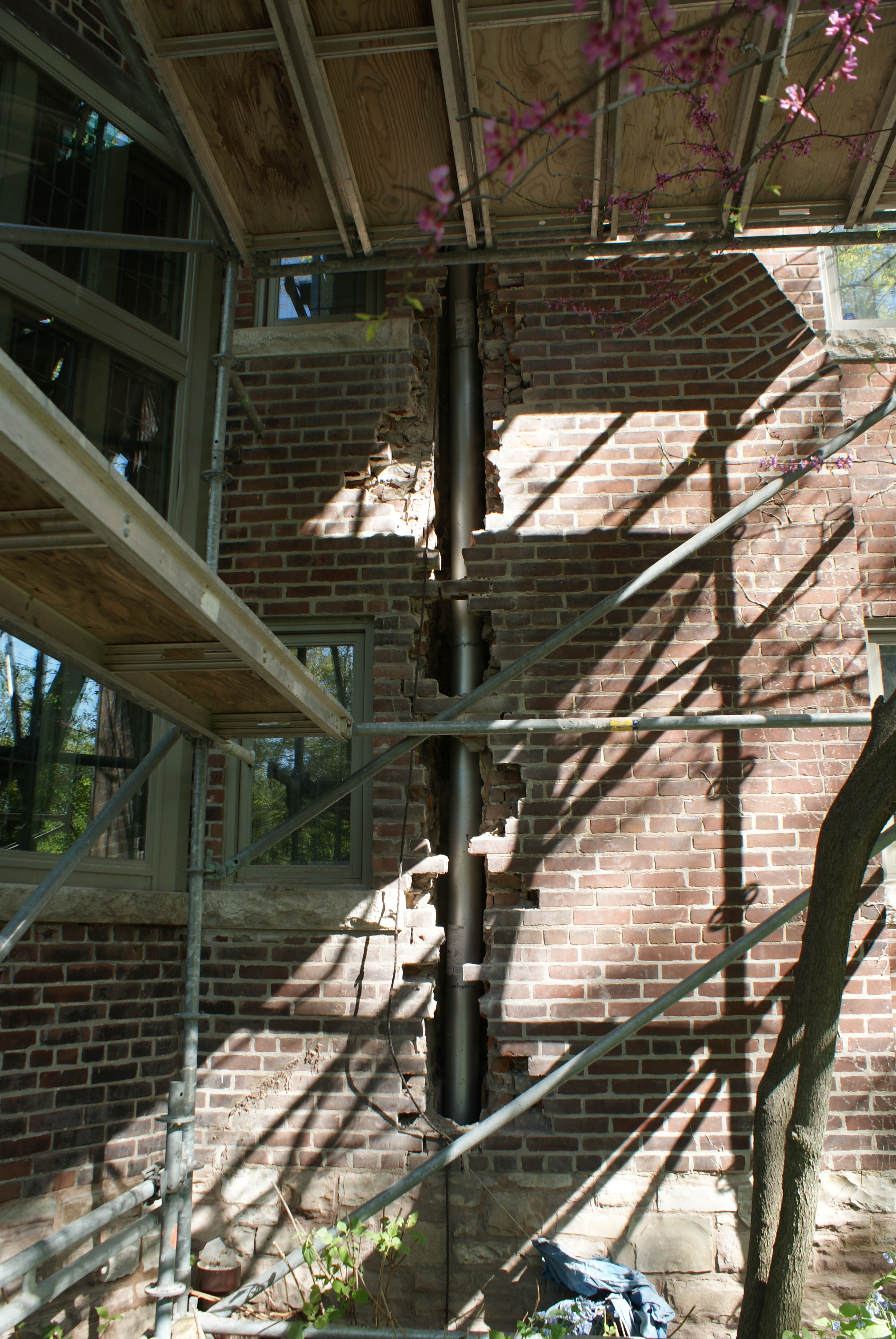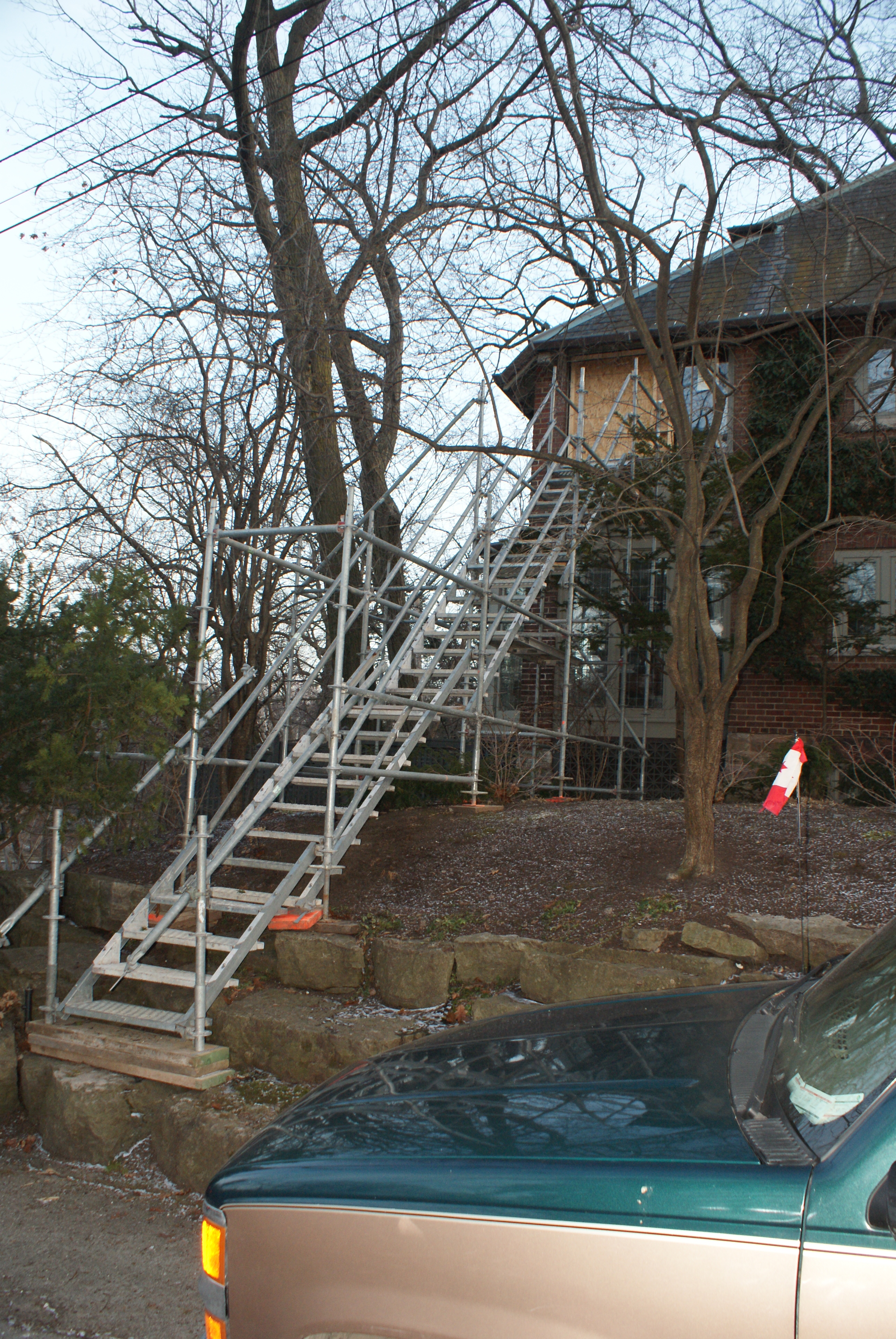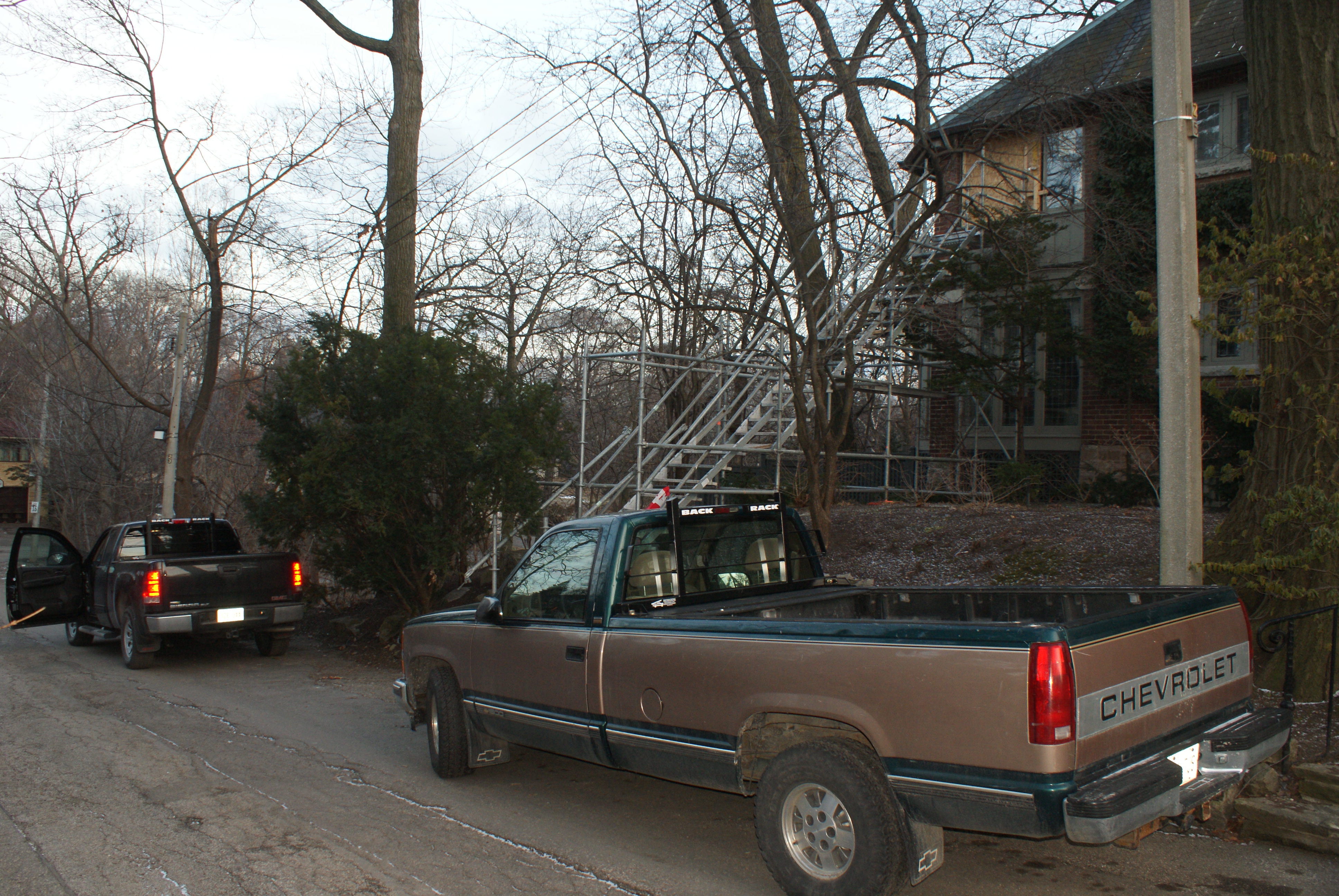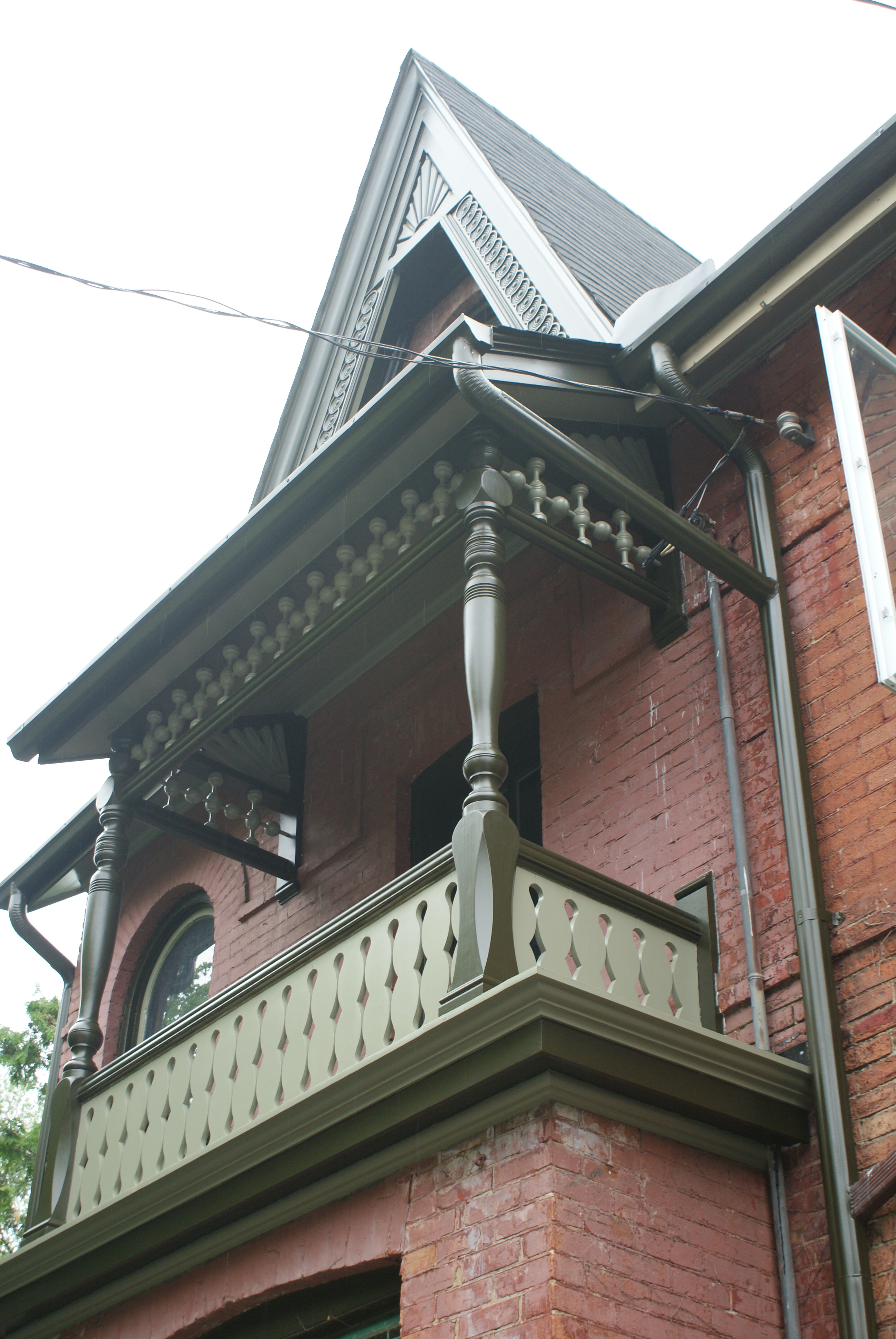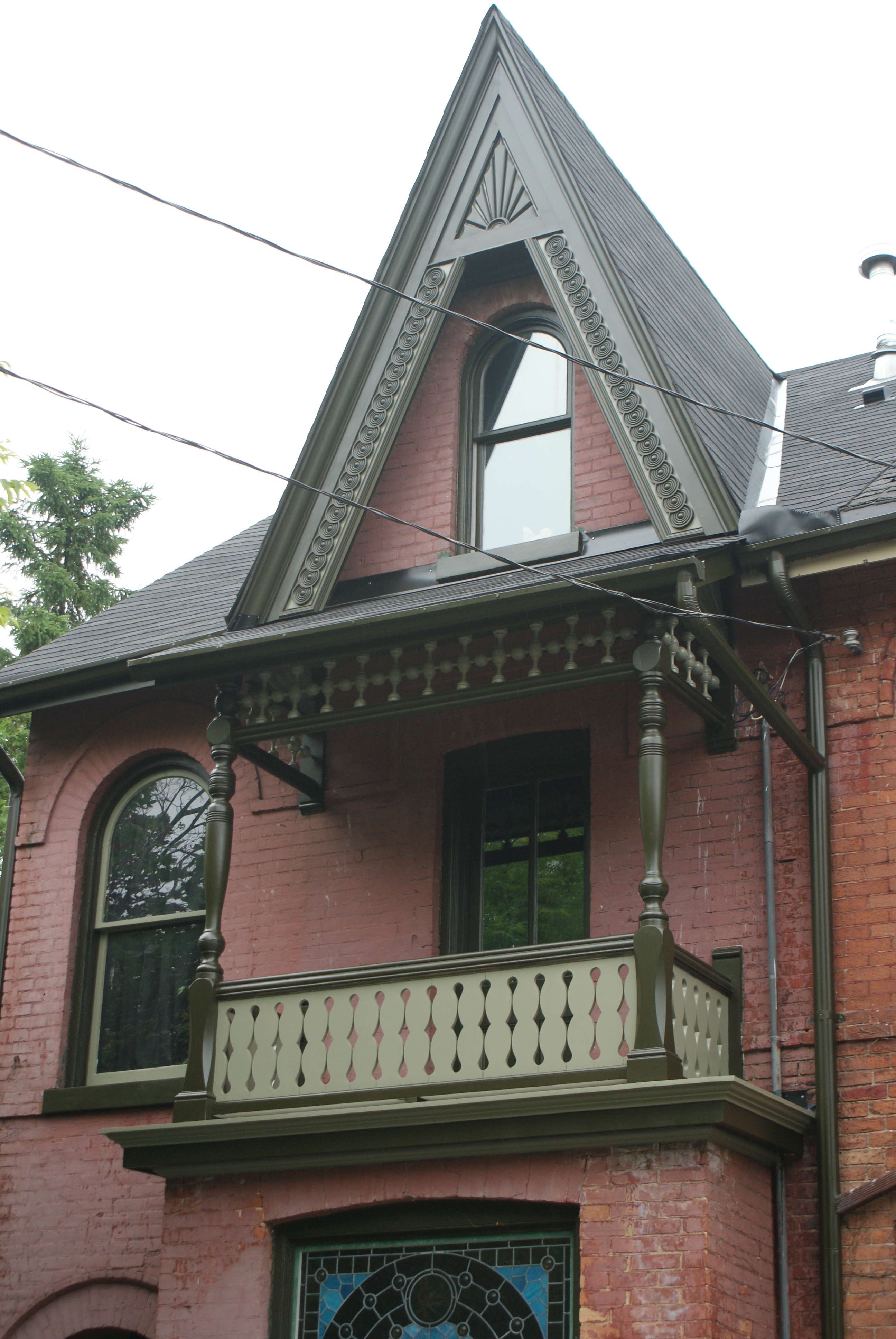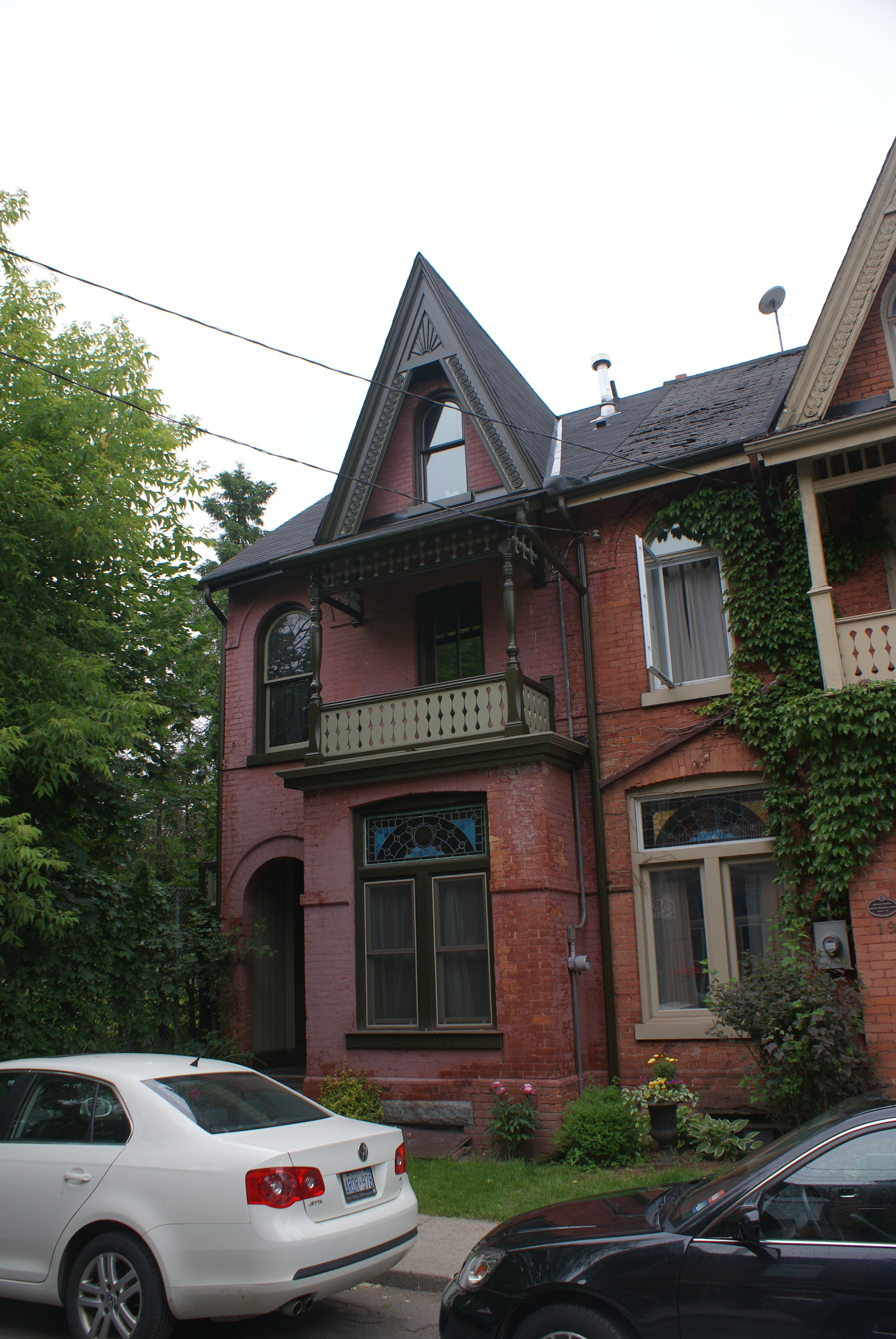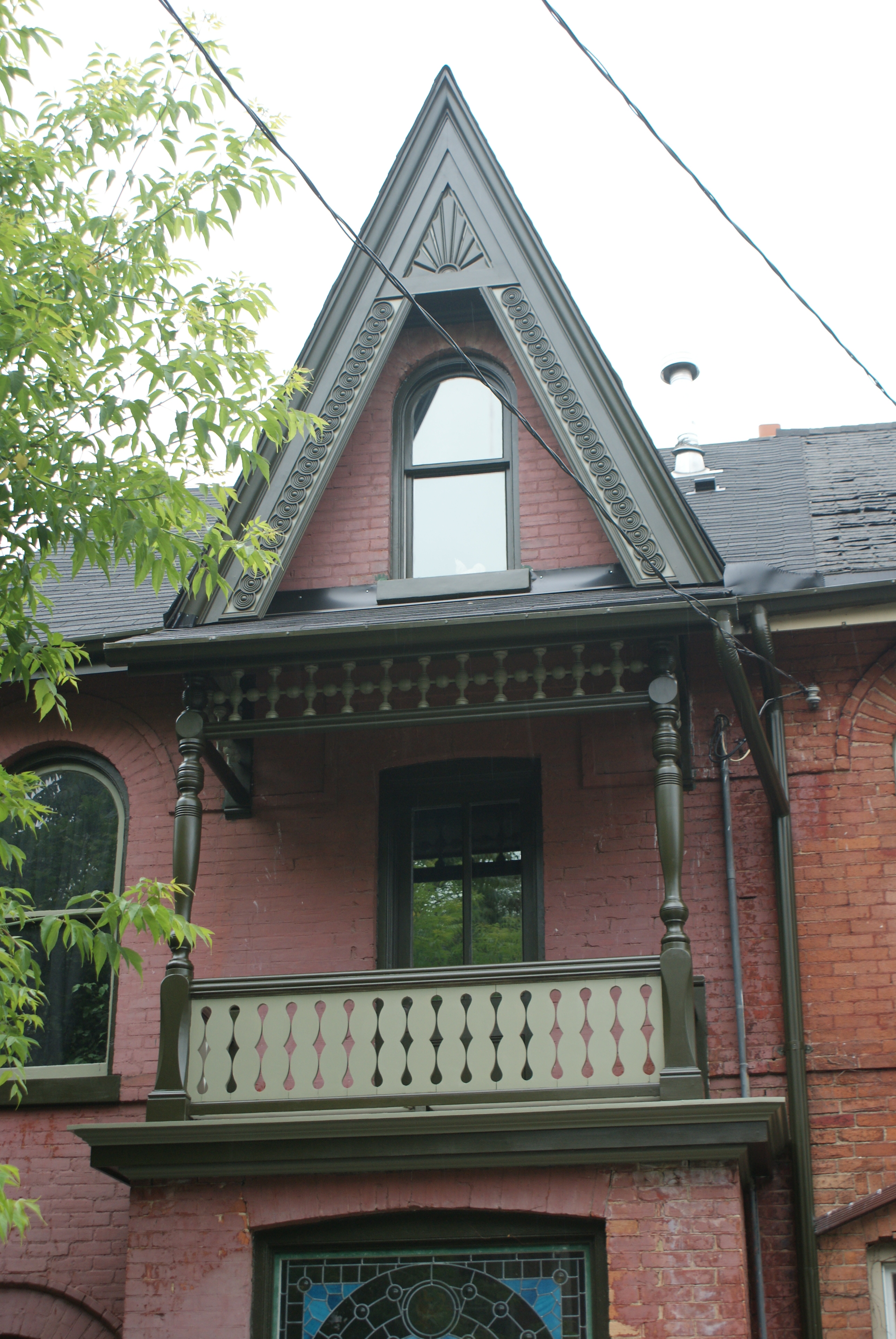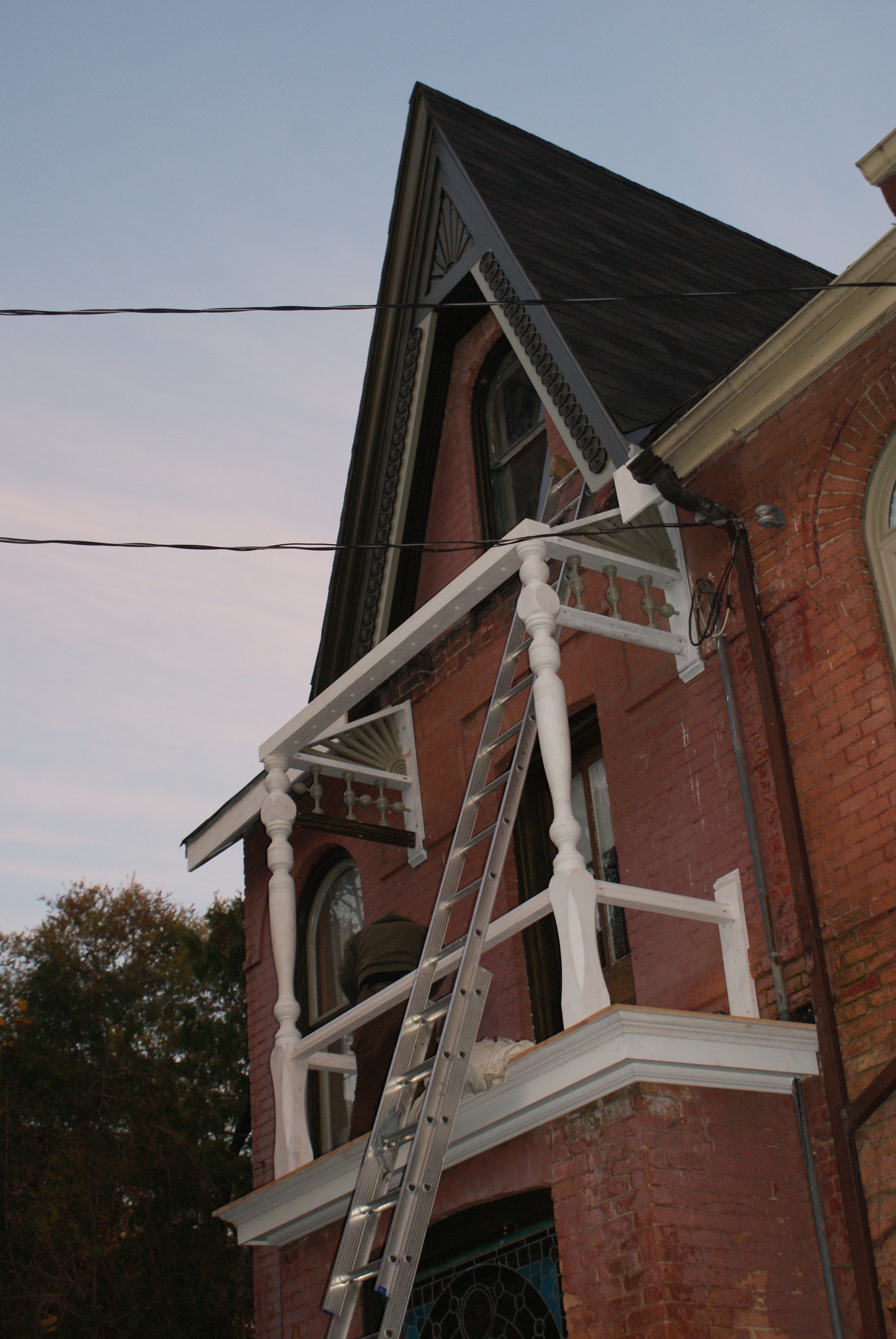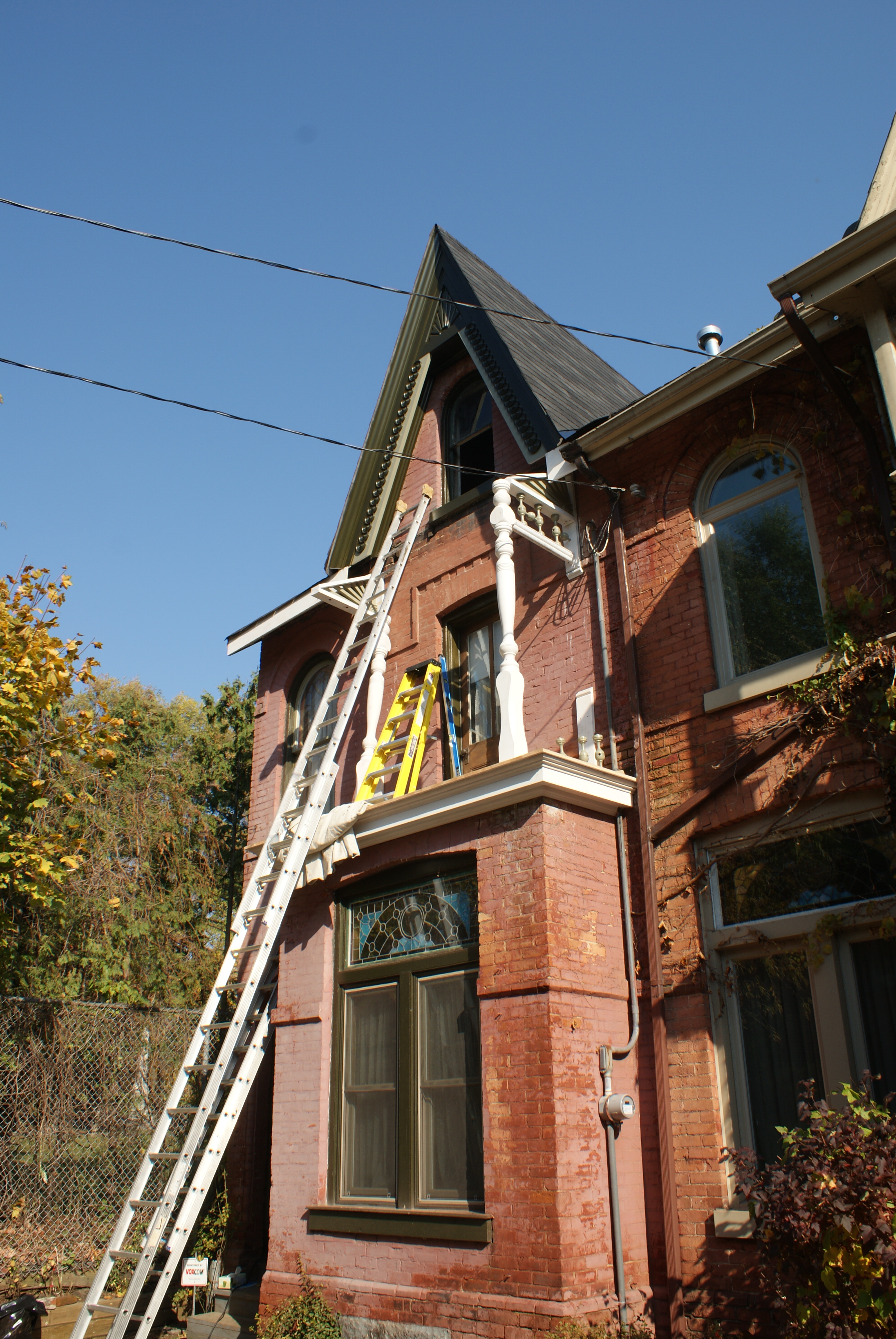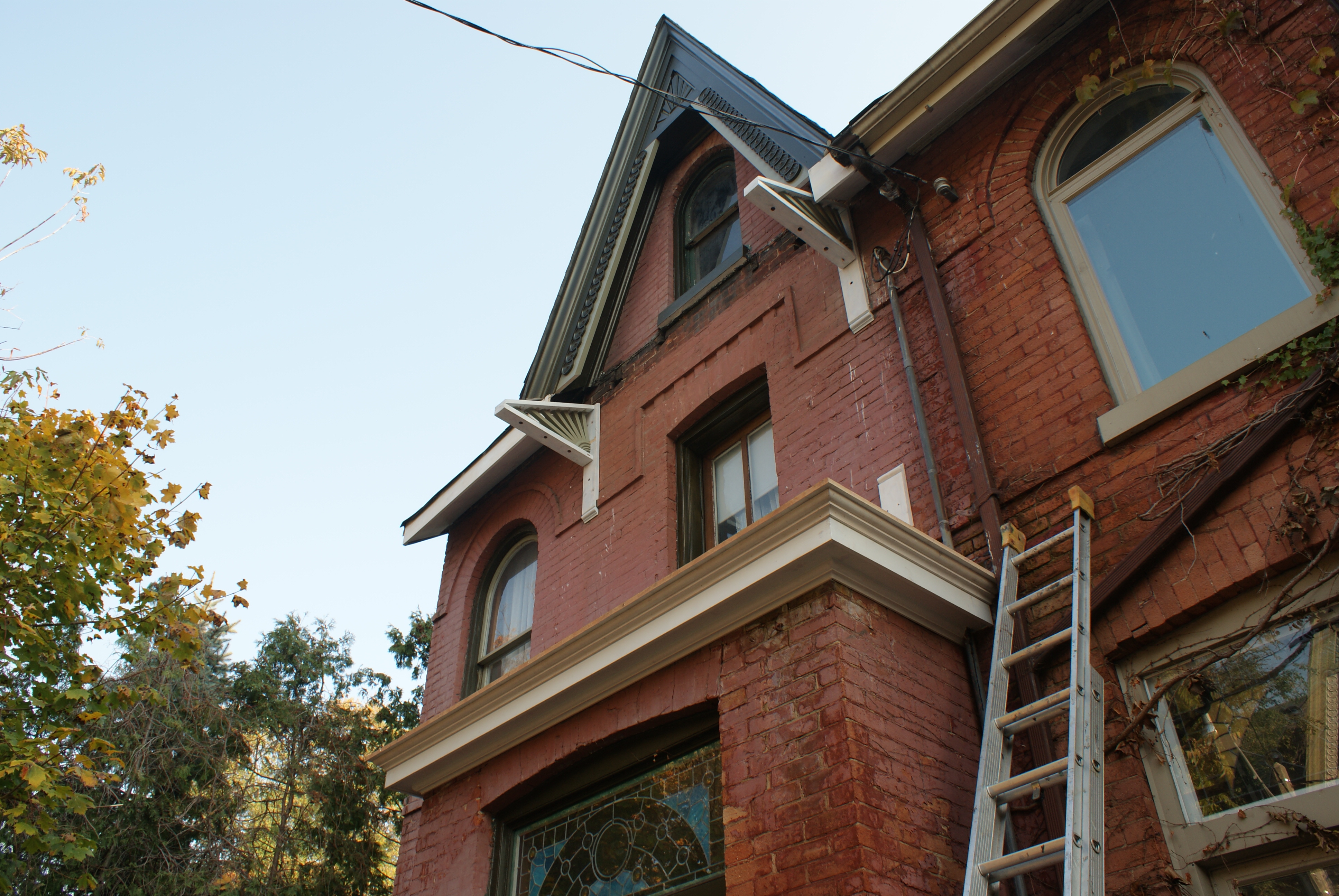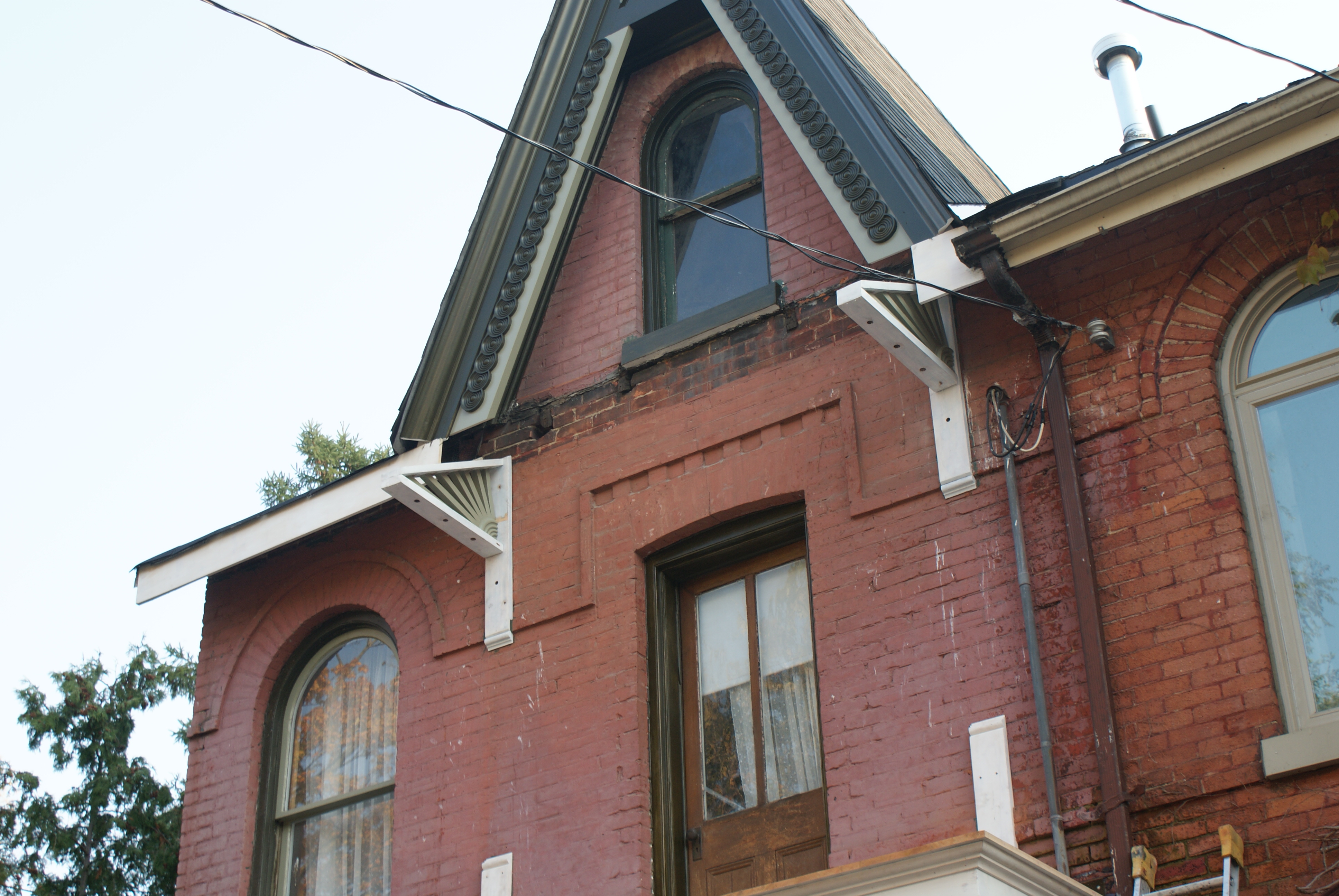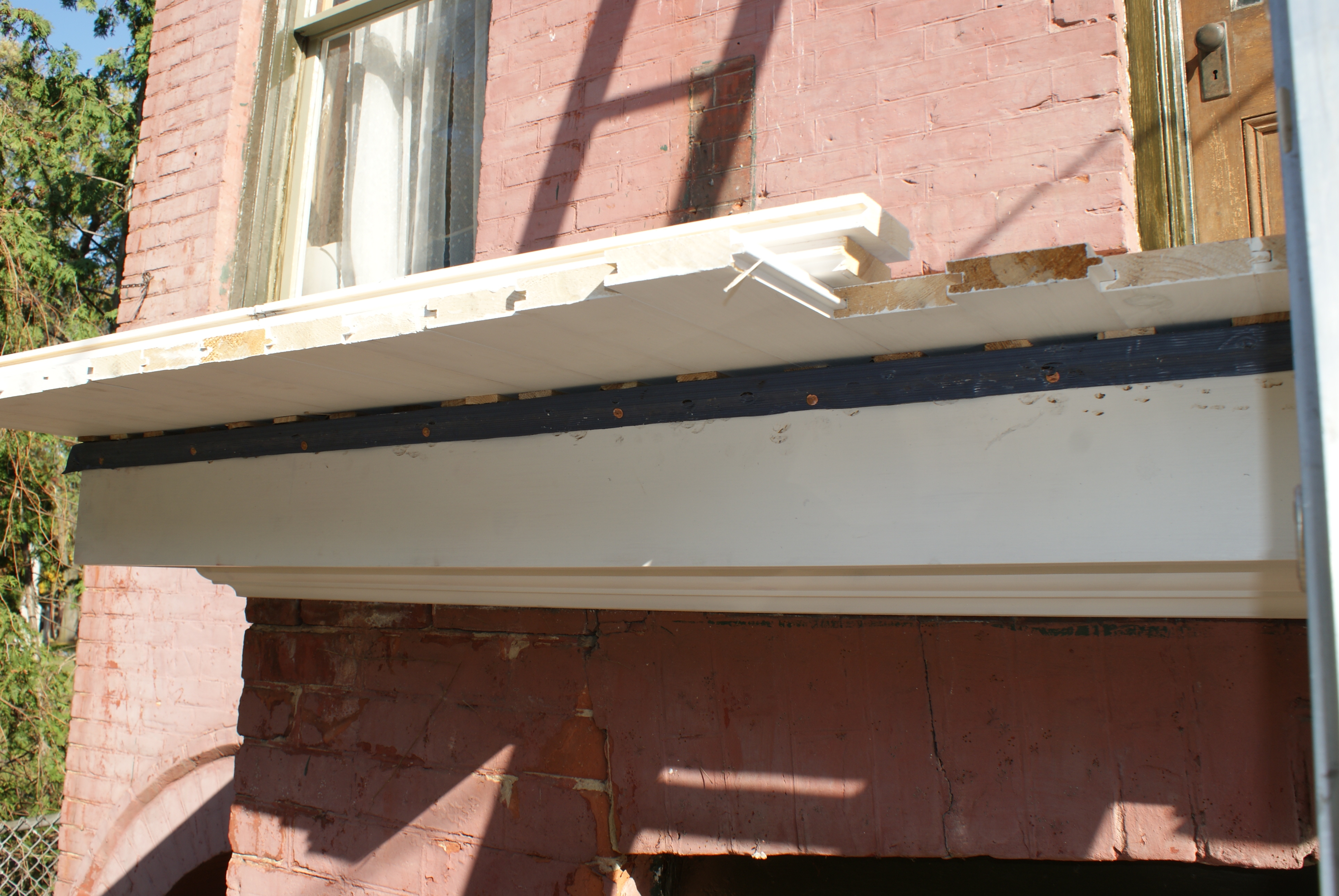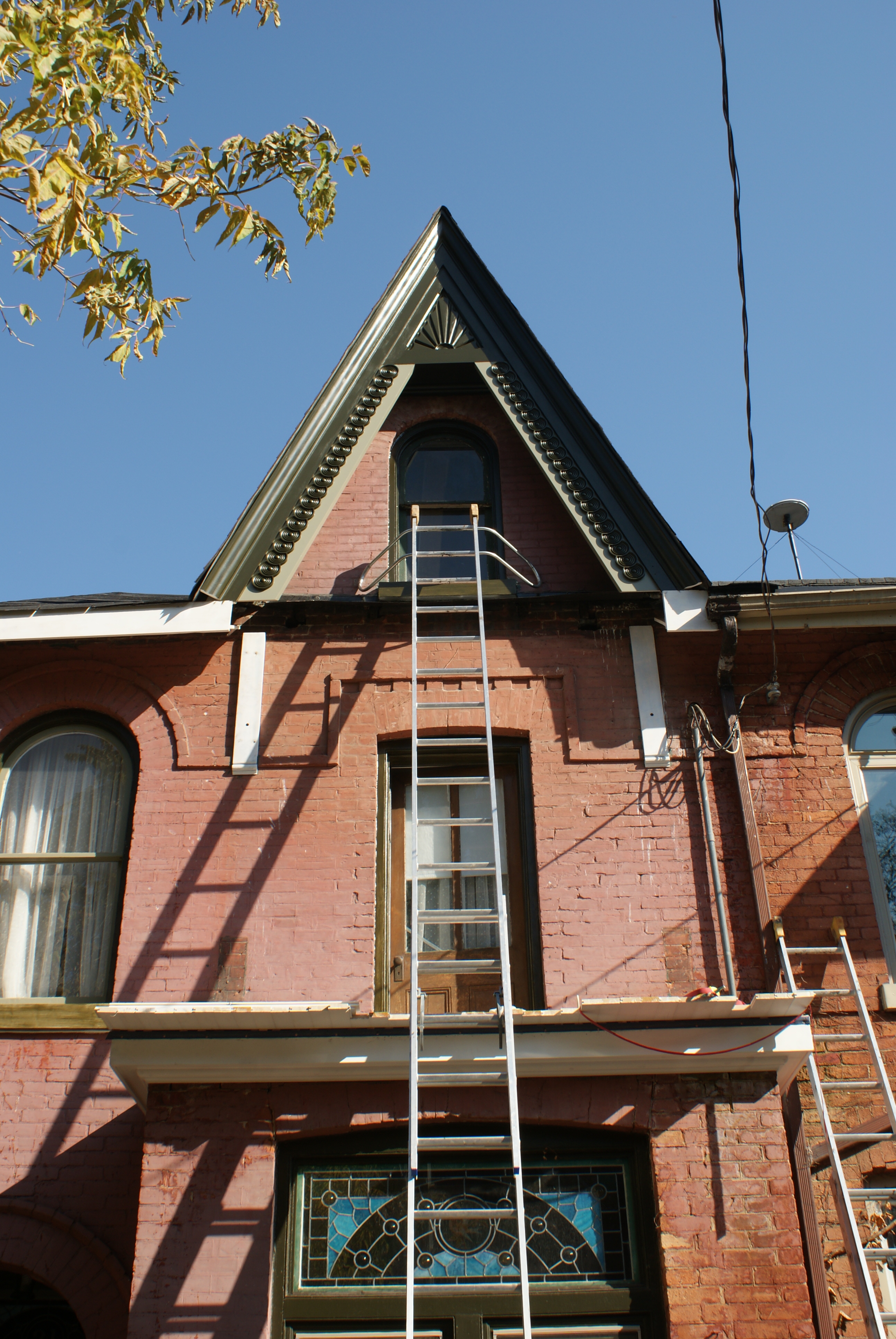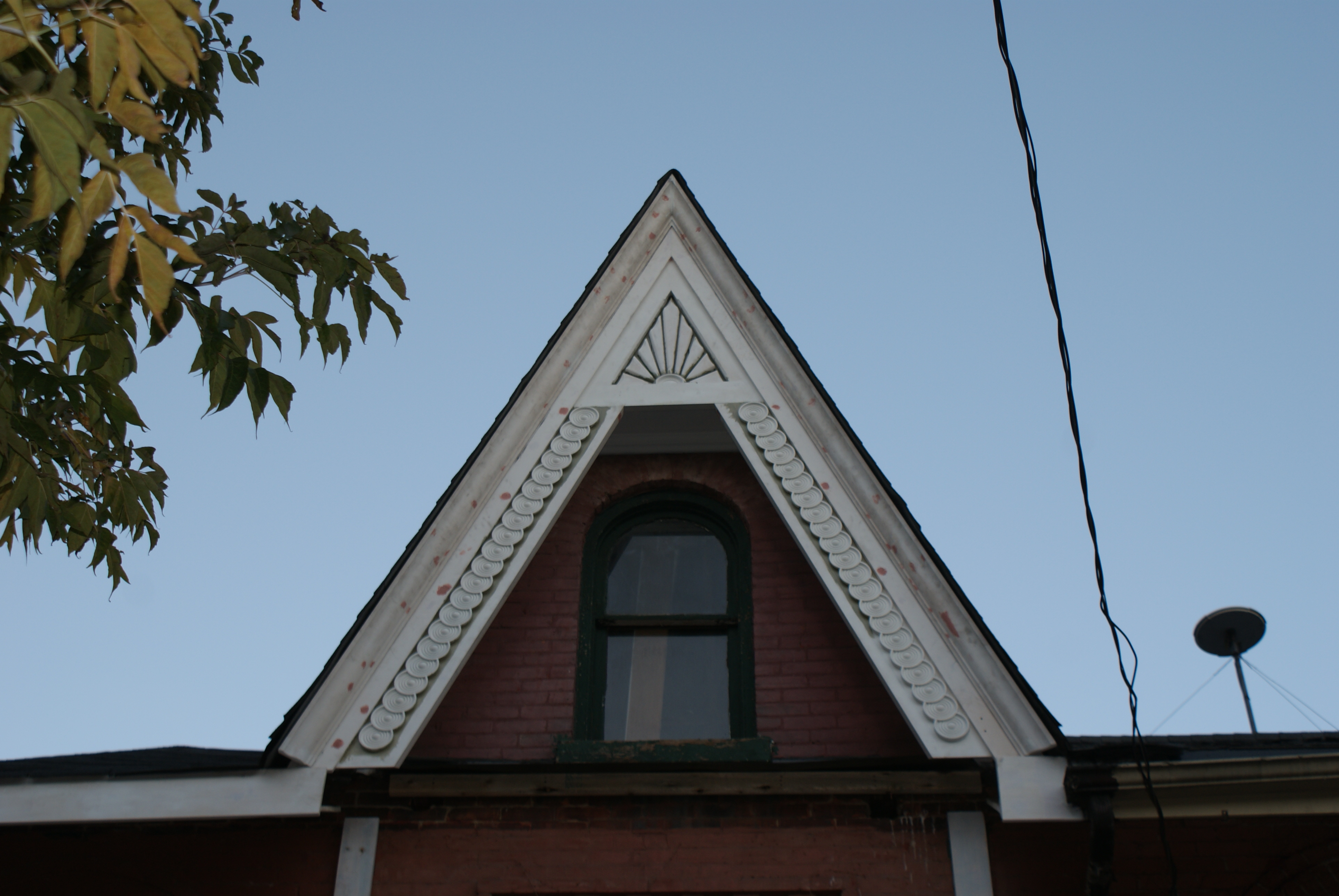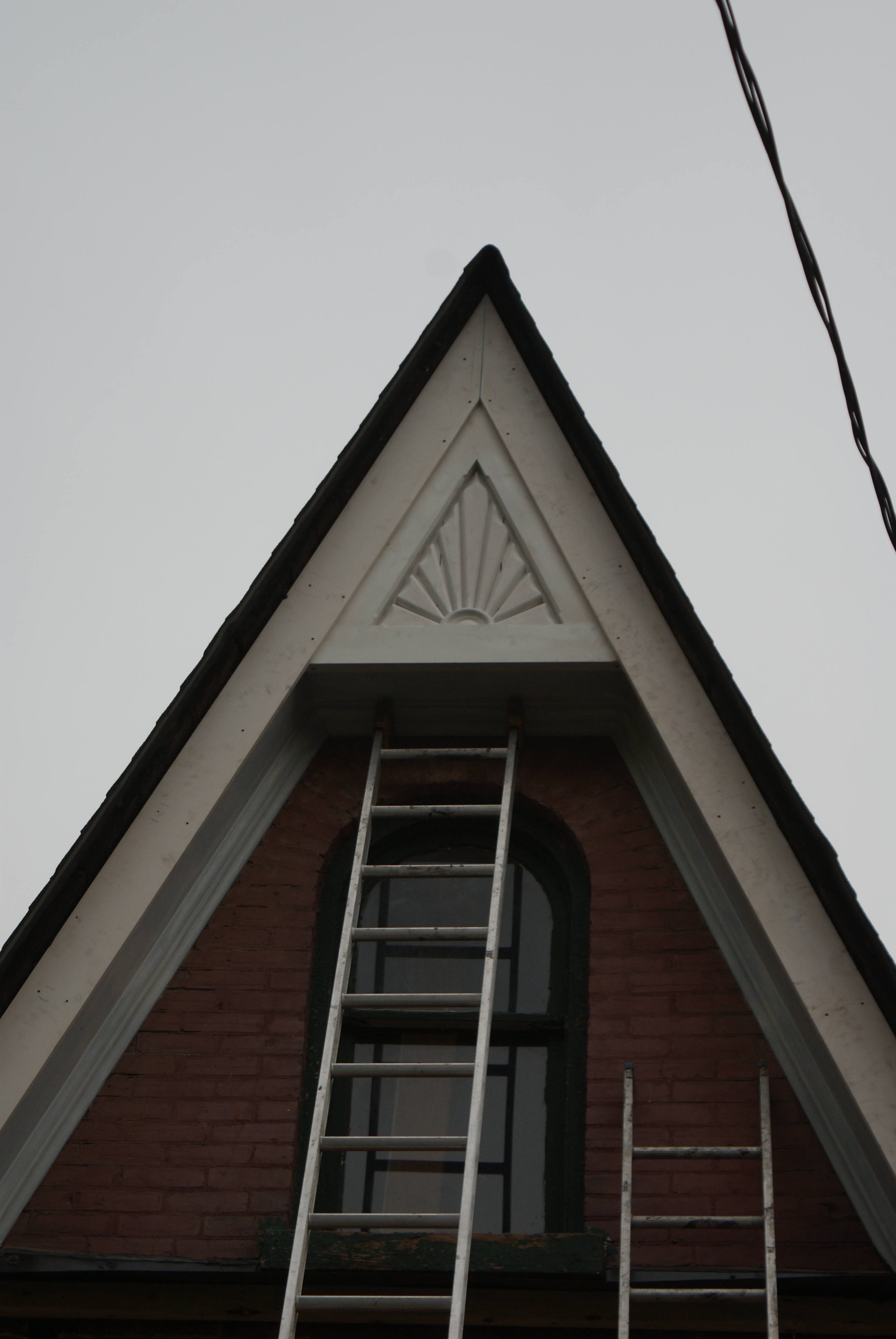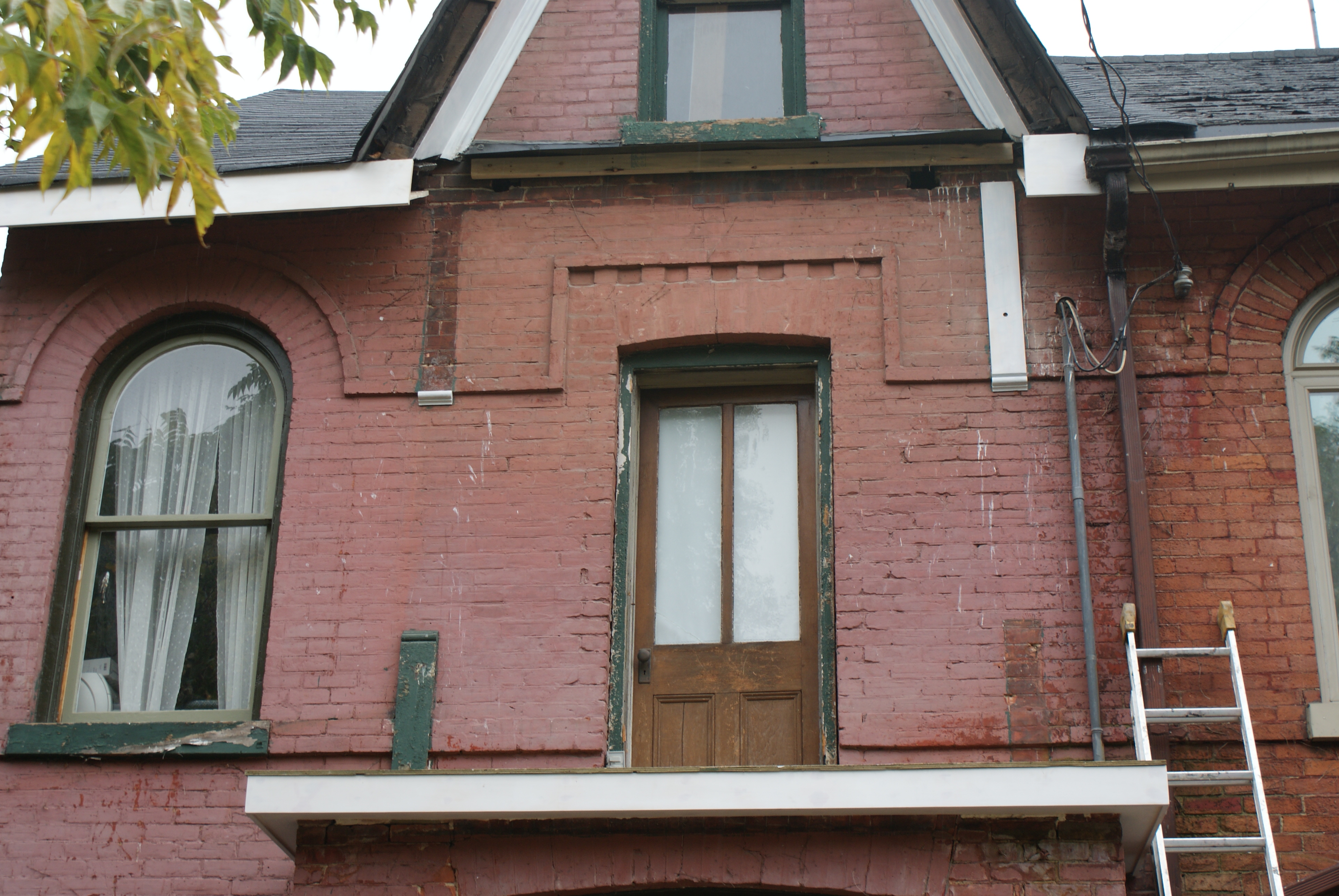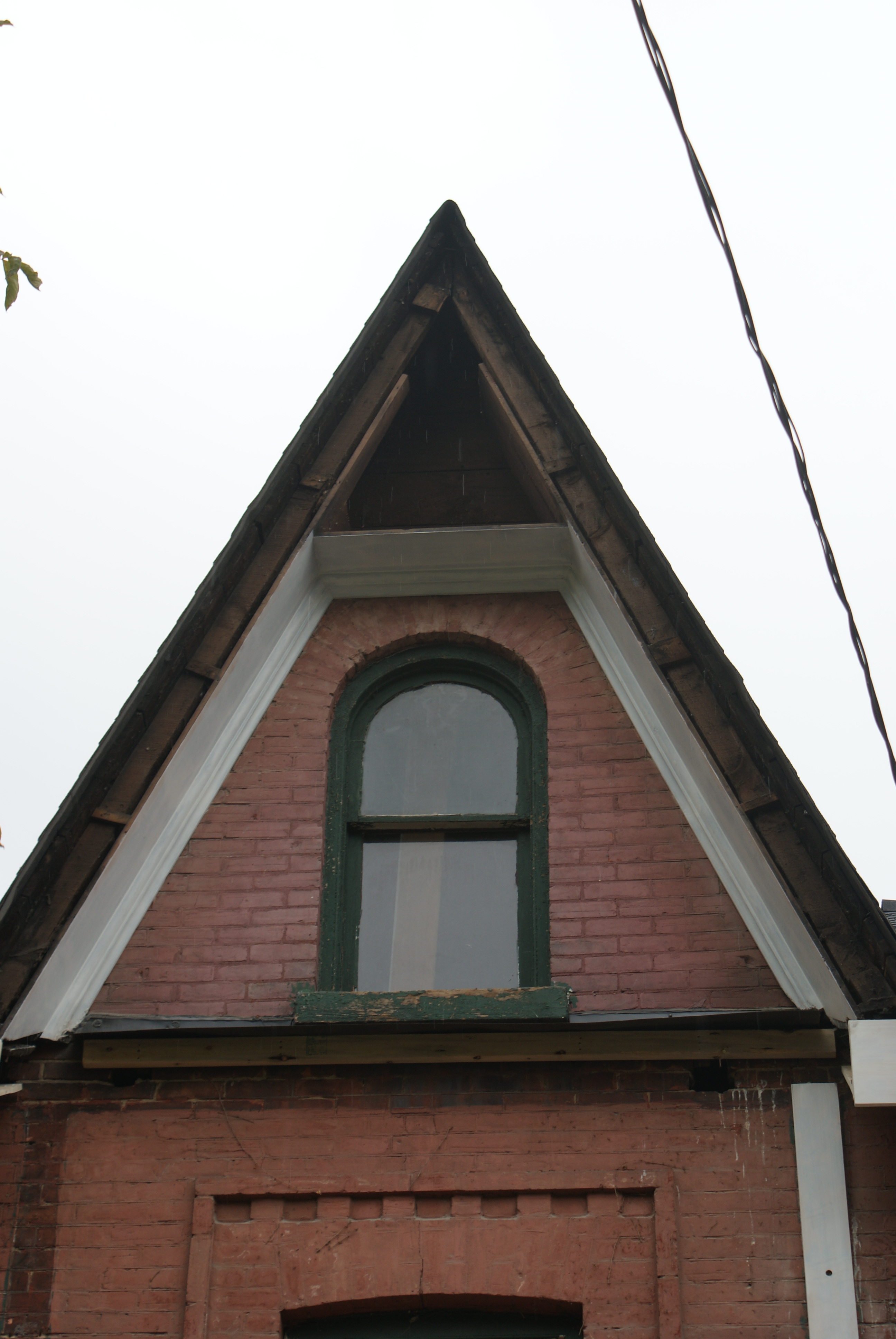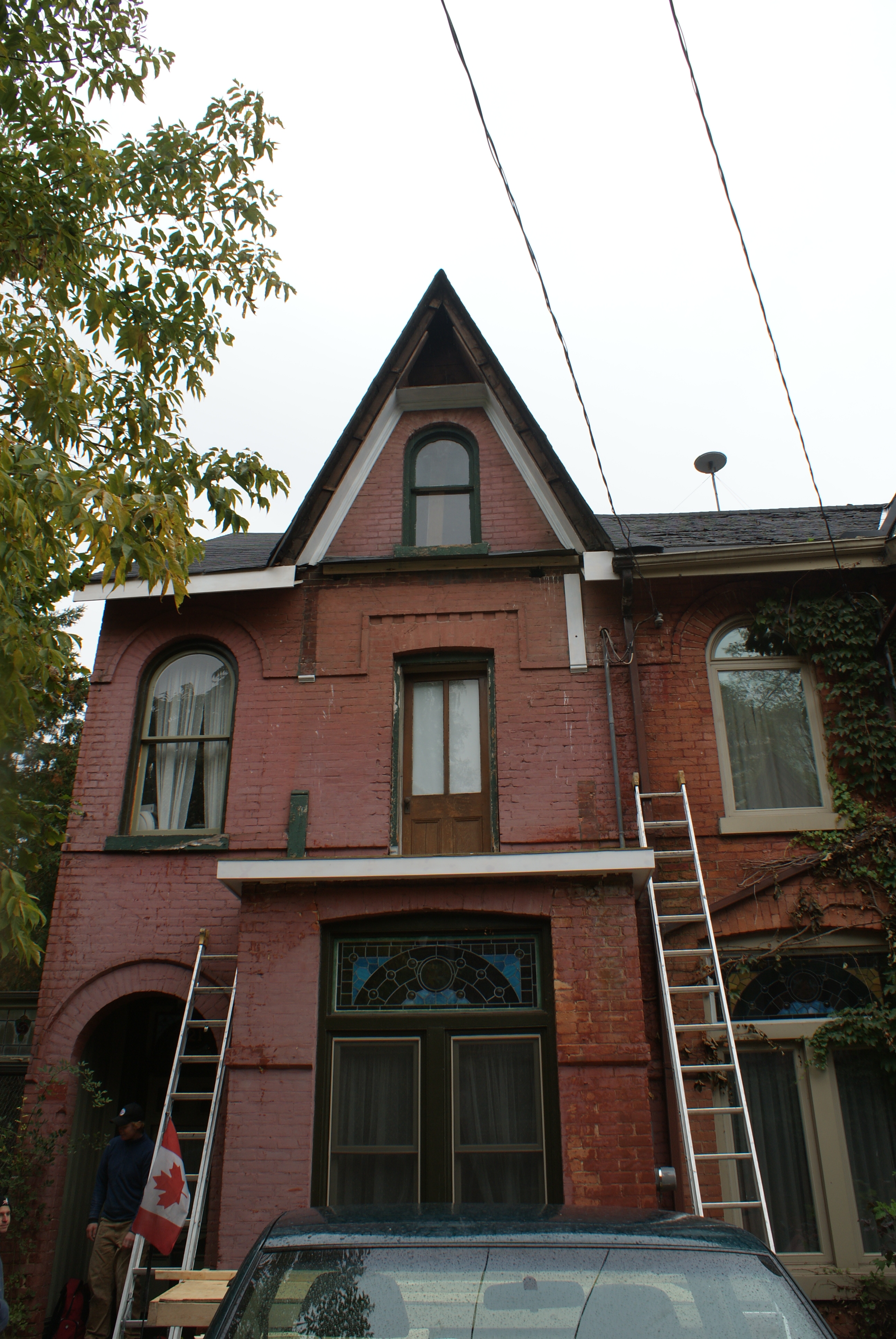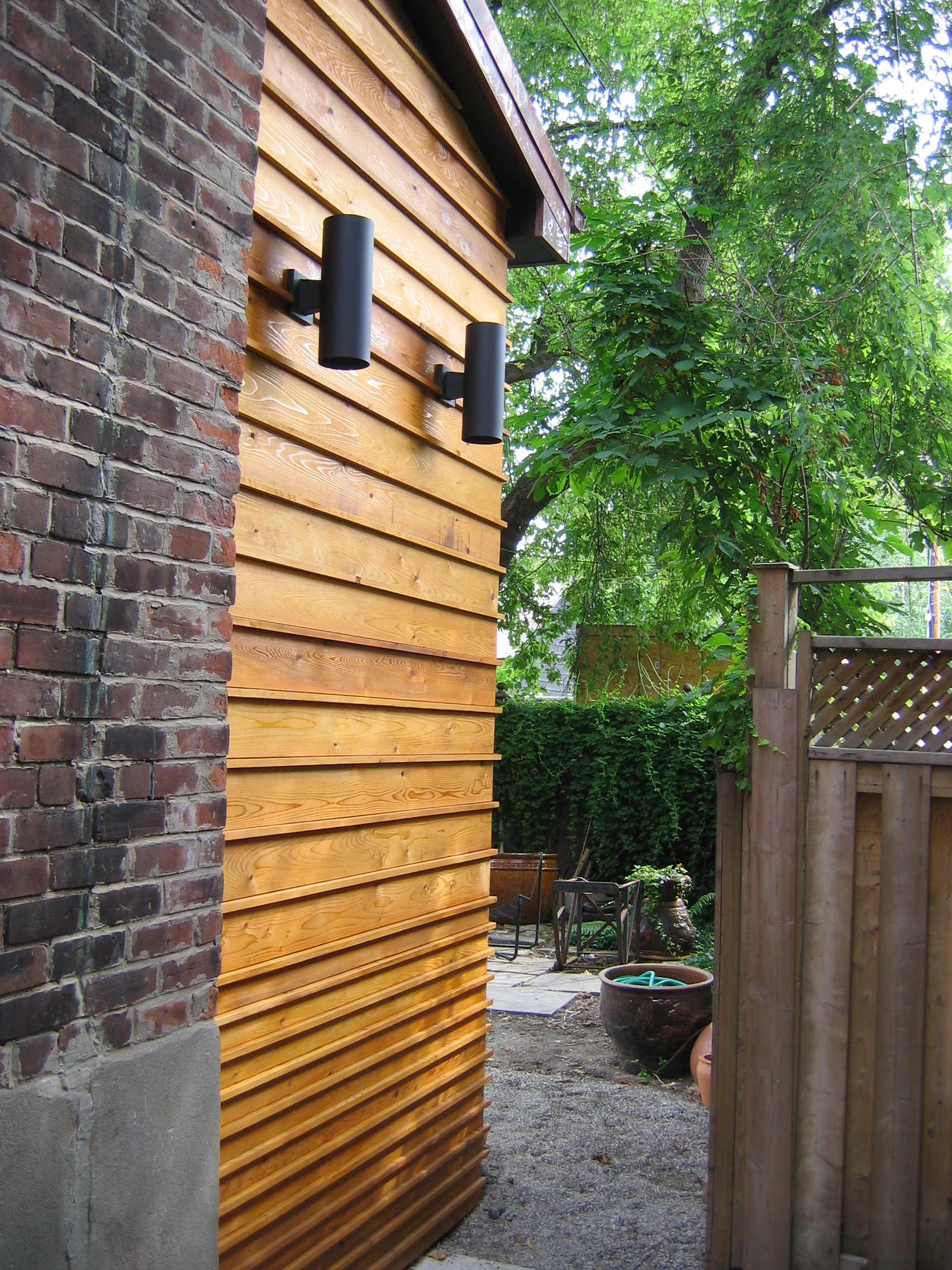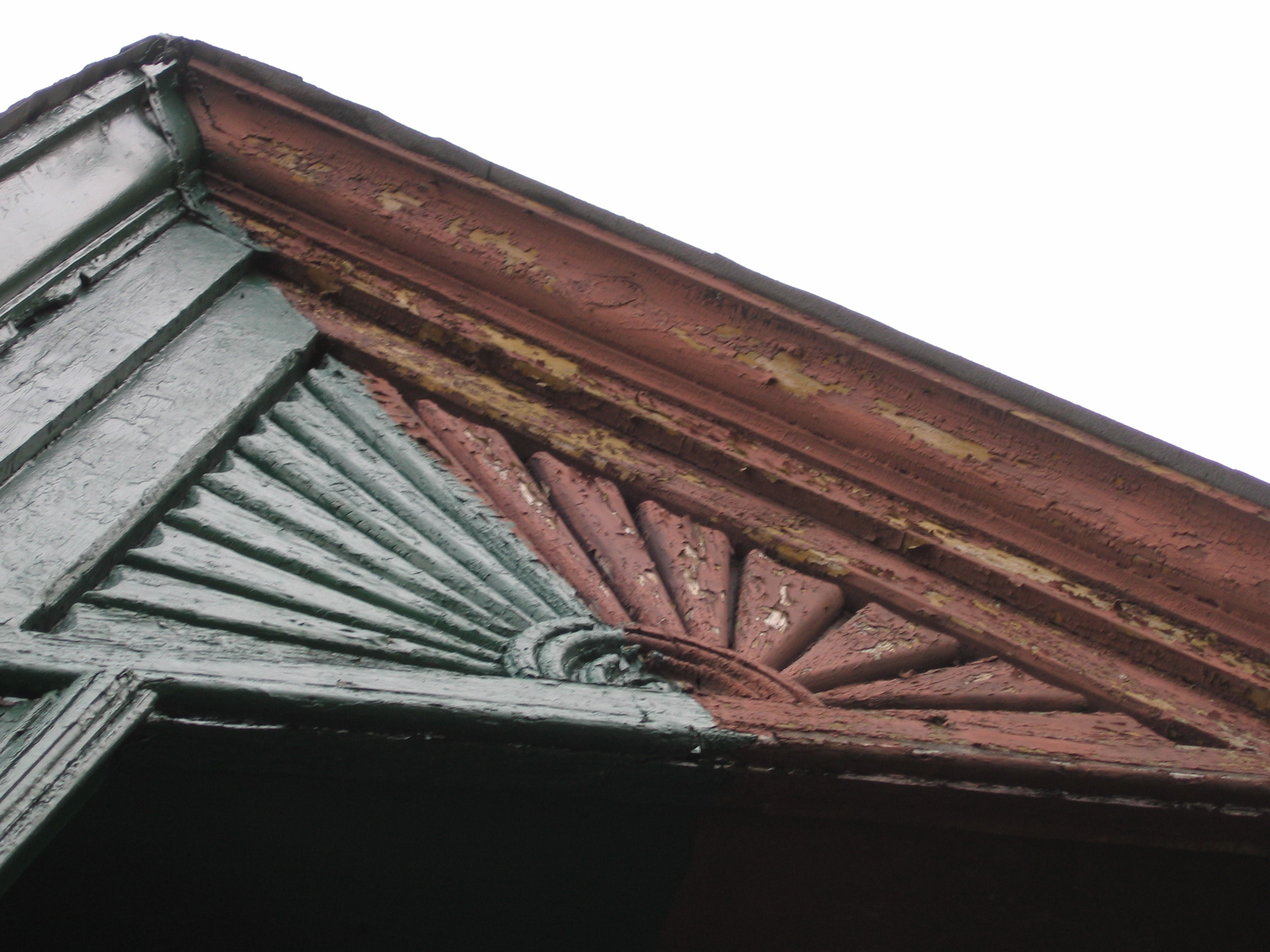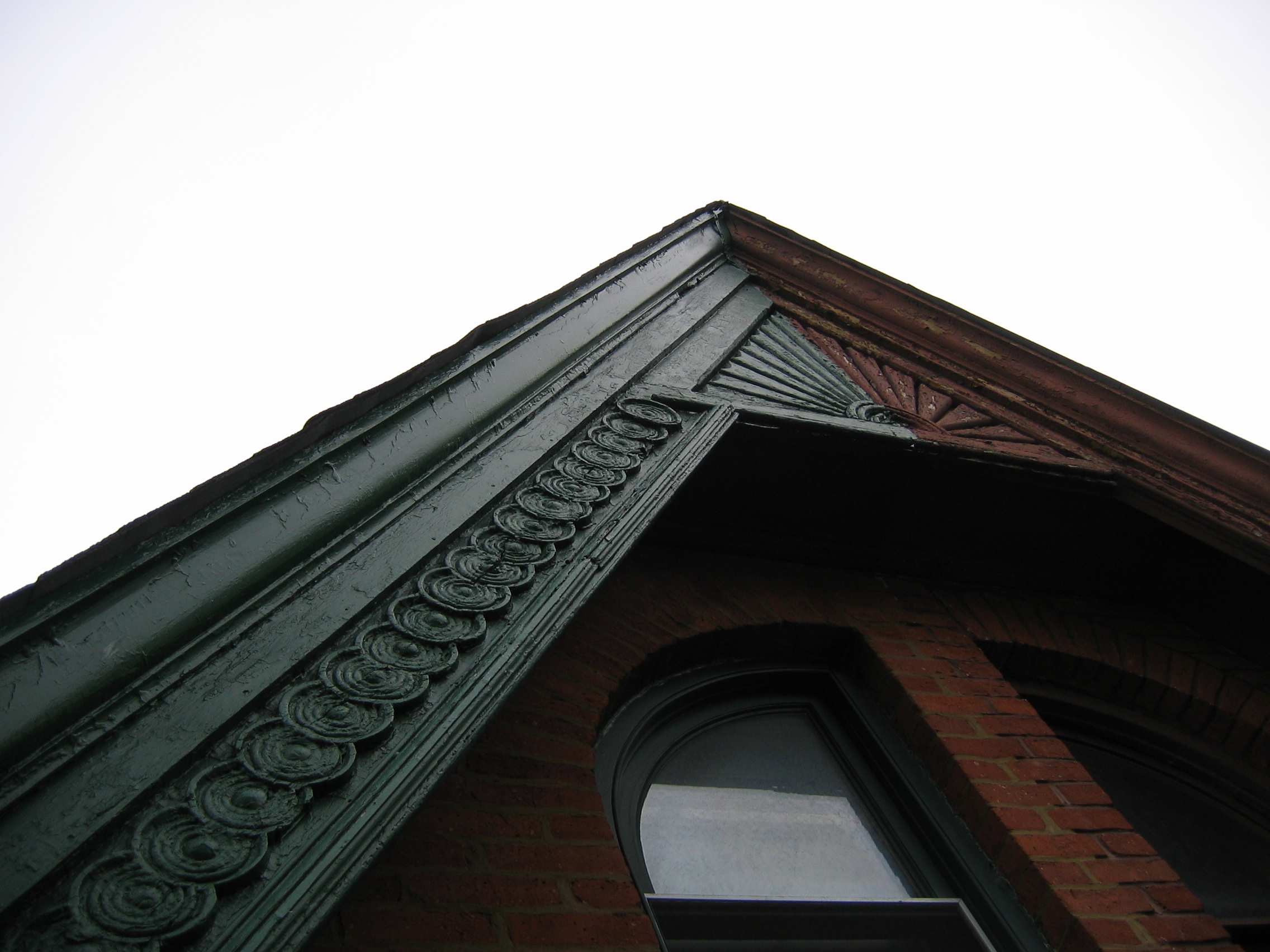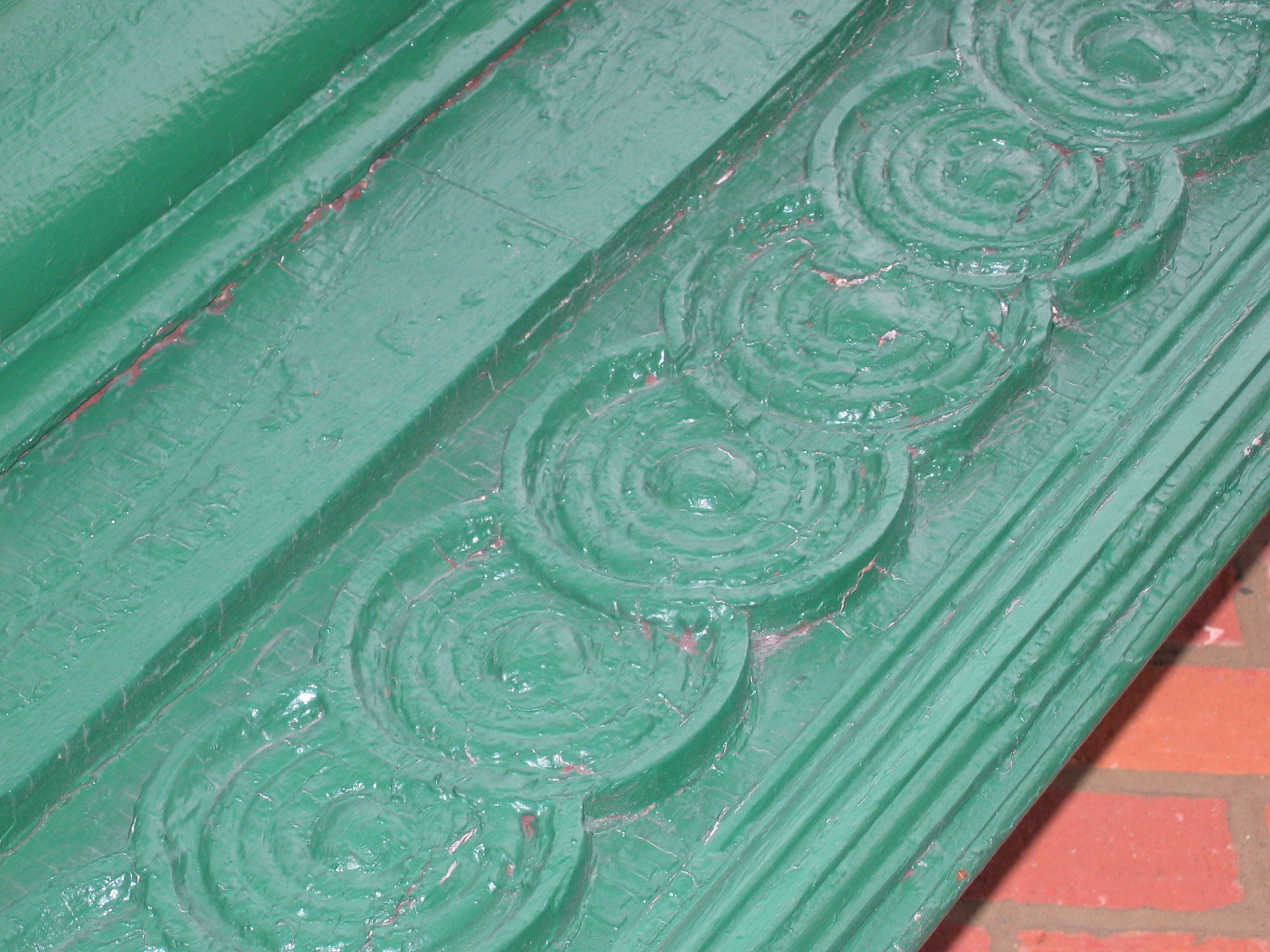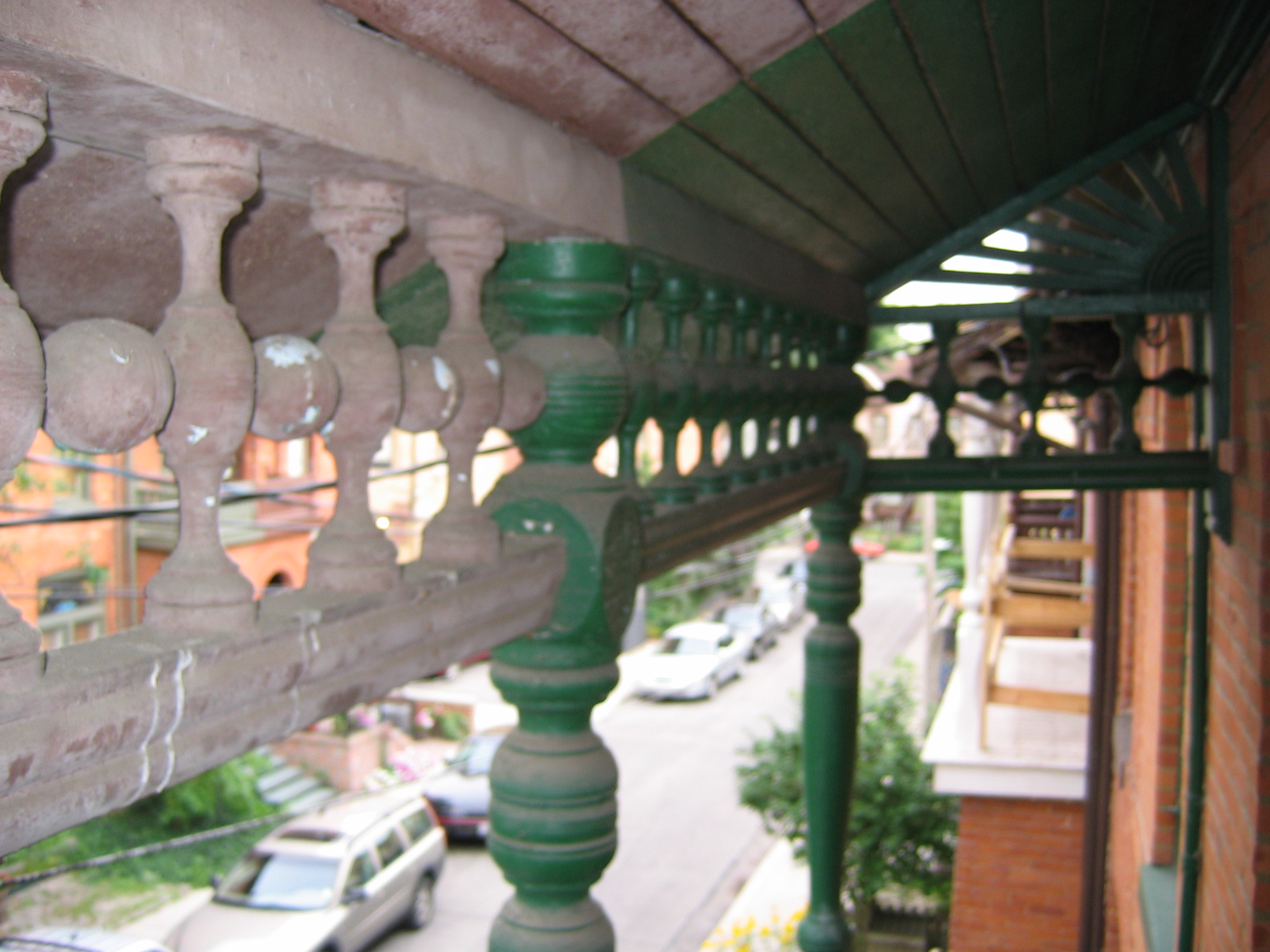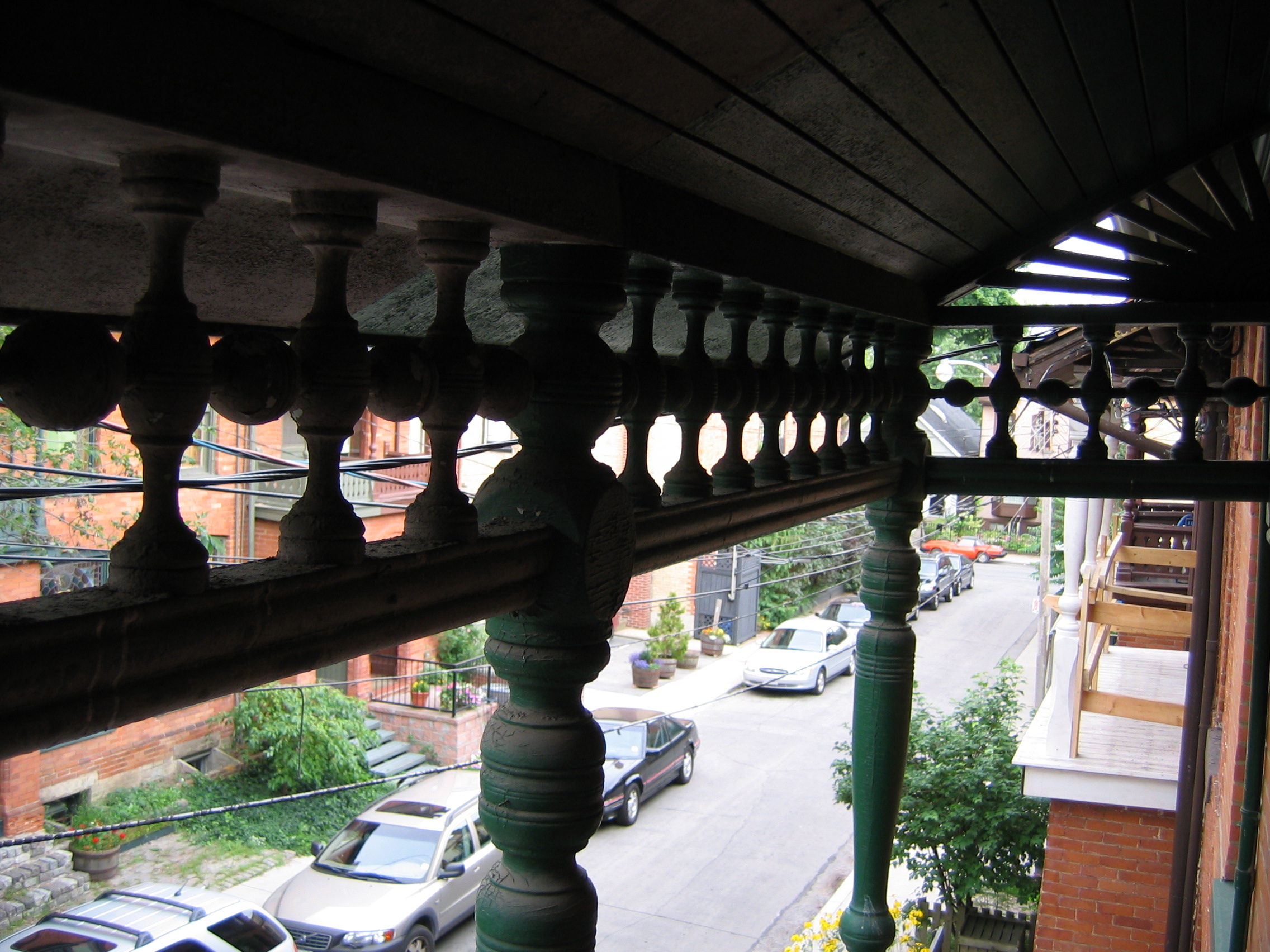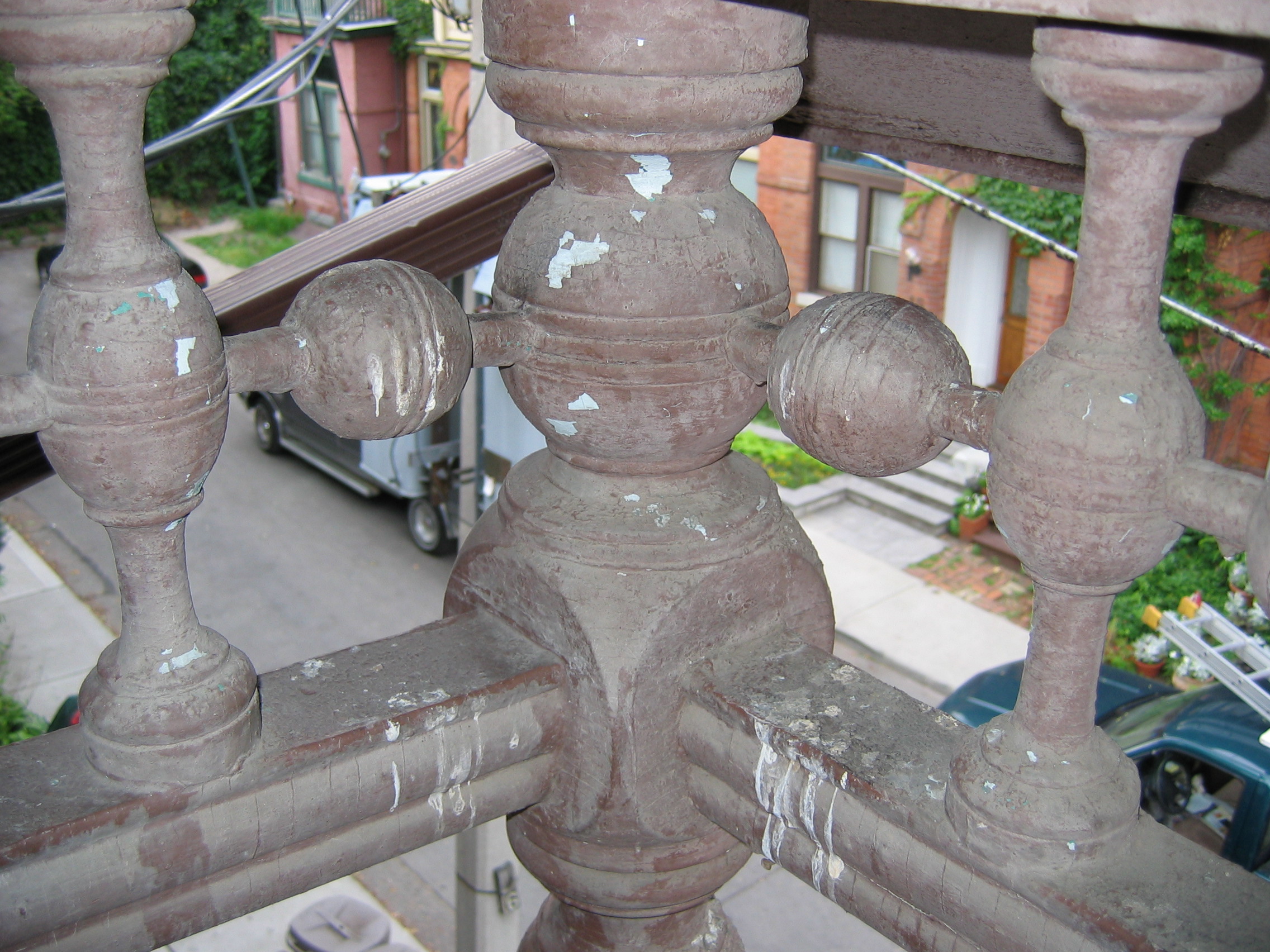Victorian and Edwardian architecture was replete with wood, stone, and brick facades, and those builders and architects knew how to mix and blend these different building materials to maximum effect. Historic building materials, methods, and ventilation to allow drying are not at all consistent with modern building approaches, materials, and methods. Few understand or even know that a shift occurred in the past century from a lime based mortar to a cement based mortar. While fascinating historically, as builders, our interest is in not mixing ancient materials with modern materials as they do not lend well to one another. Mostly simply, modern mortar and brick units are far too hard to use in conjunction with anything built around the turn of the century. Modern mortar and brick manufacture got its start in the late 1800s and early 1900s, but it wasn’t until 1910 and later that mass production of these building materials came into existence, and it was after that when builders started to forget that modern mortar and material does not mix well with existing, older construction. Using modern material within the fabric of ancient buildings leads to far greater damage than the original repair was ever meant to correct. Spalling brick and stone is the result which if left for long enough can lead to massive repairs and scope of work.
We fully understand the ancient formulas of mortar and know how to reproduce them in the modern day. We fully understand the ancient methods and reasoning that went into the Victorian era building methodology, and we can repair and build to suitably so no long term damage occurs because of well intentioned, but mislead use of incorrect building material and method.

